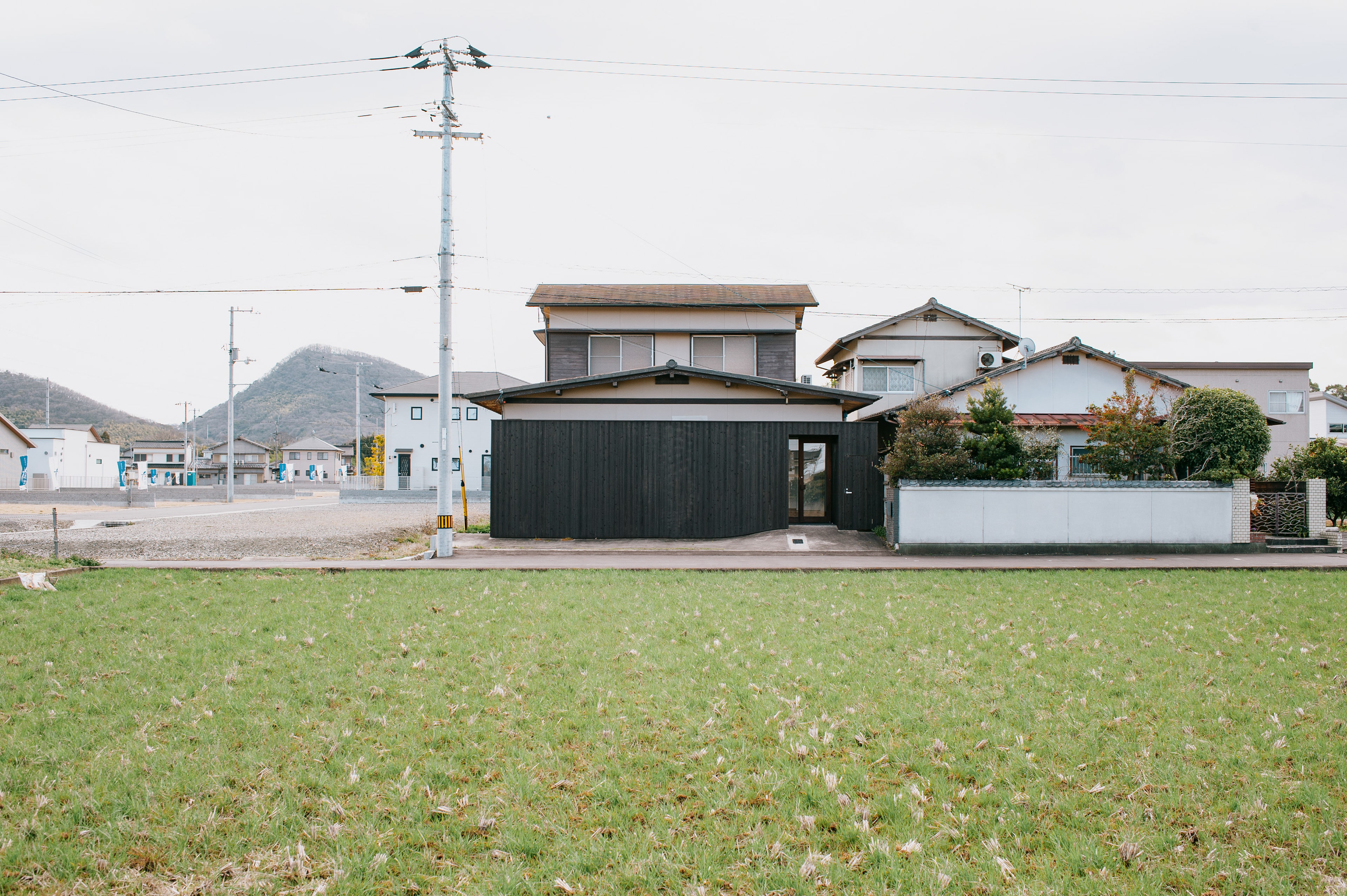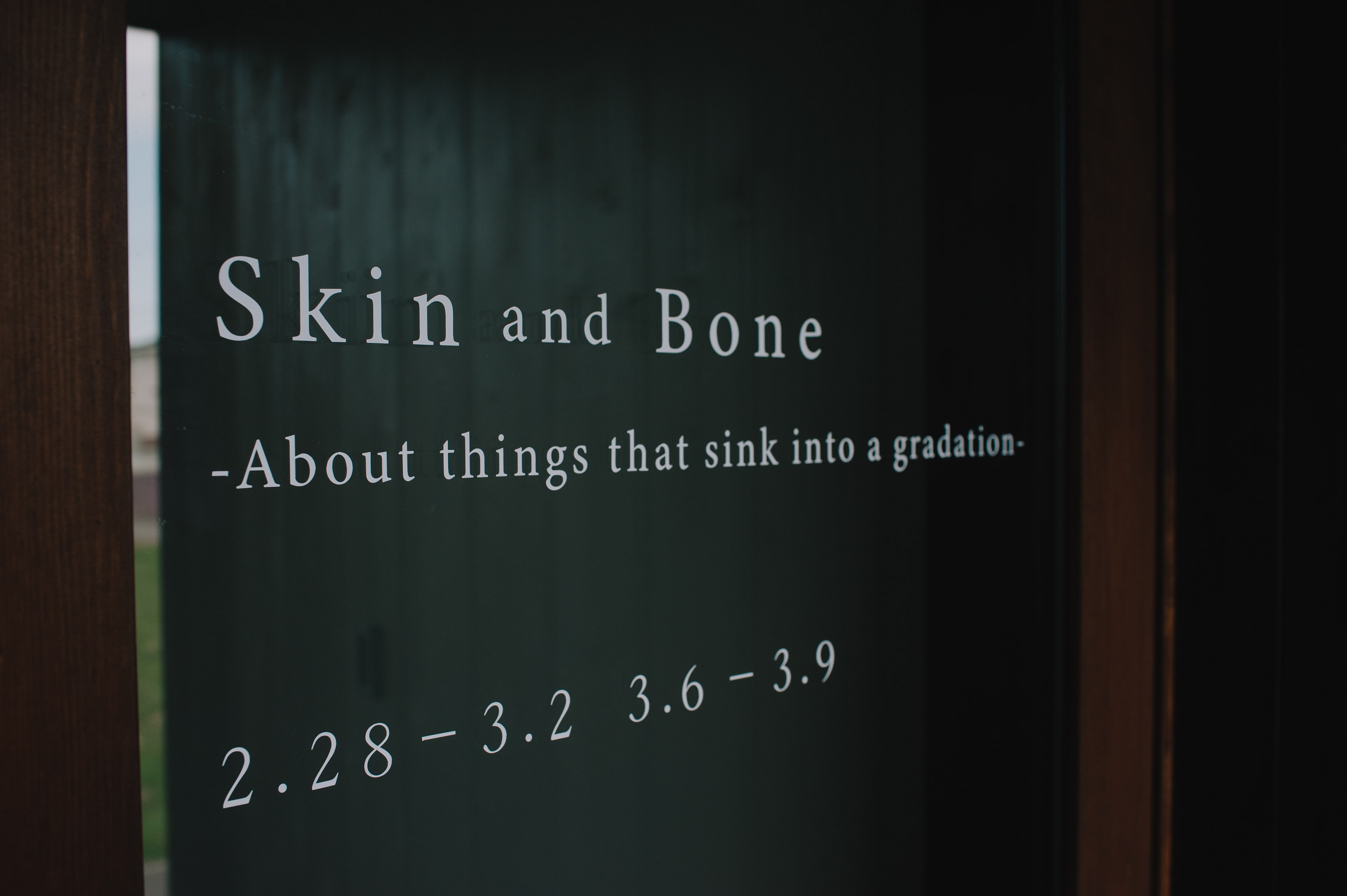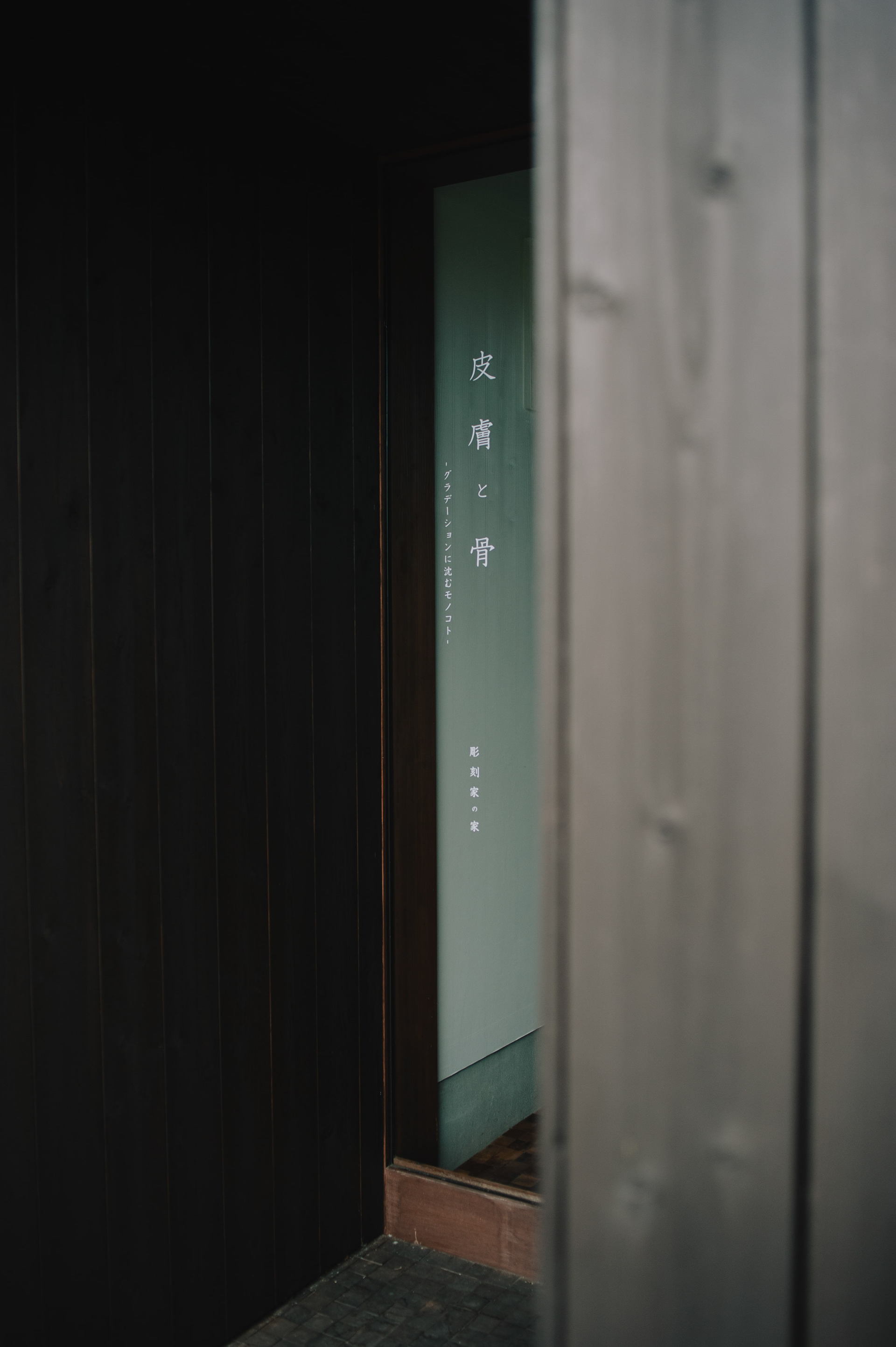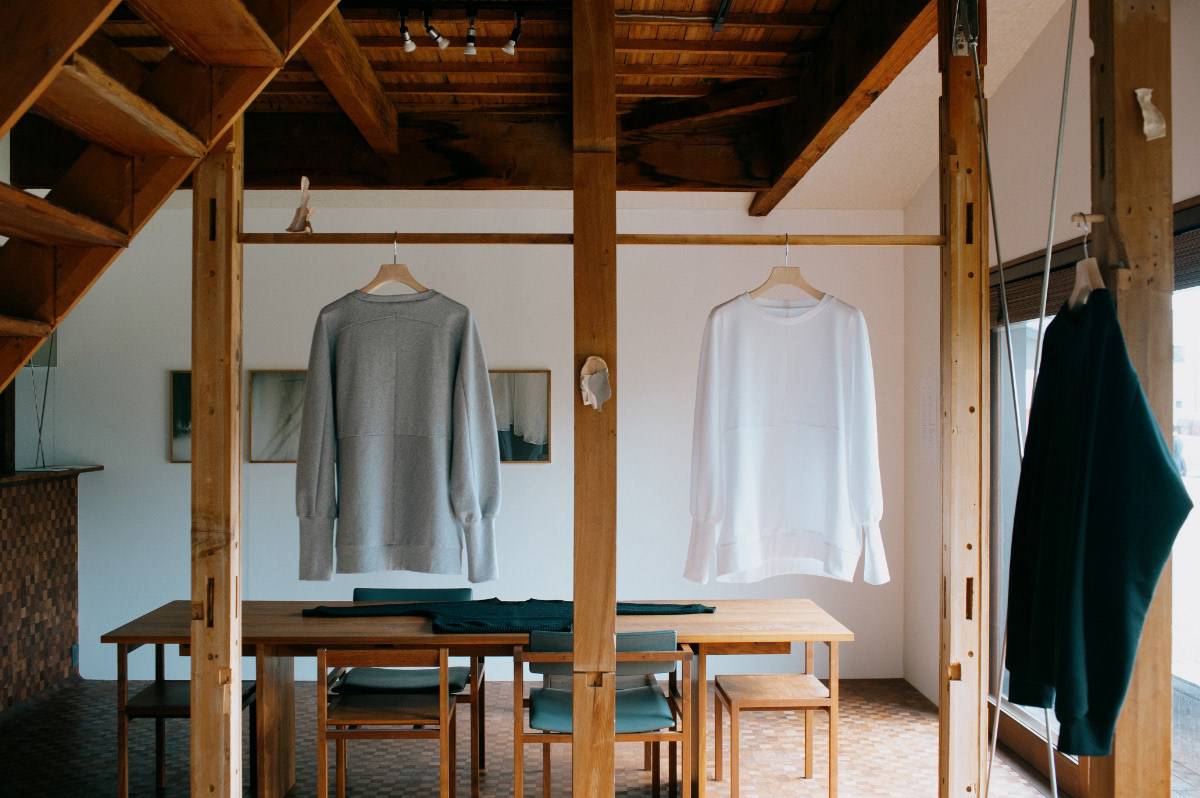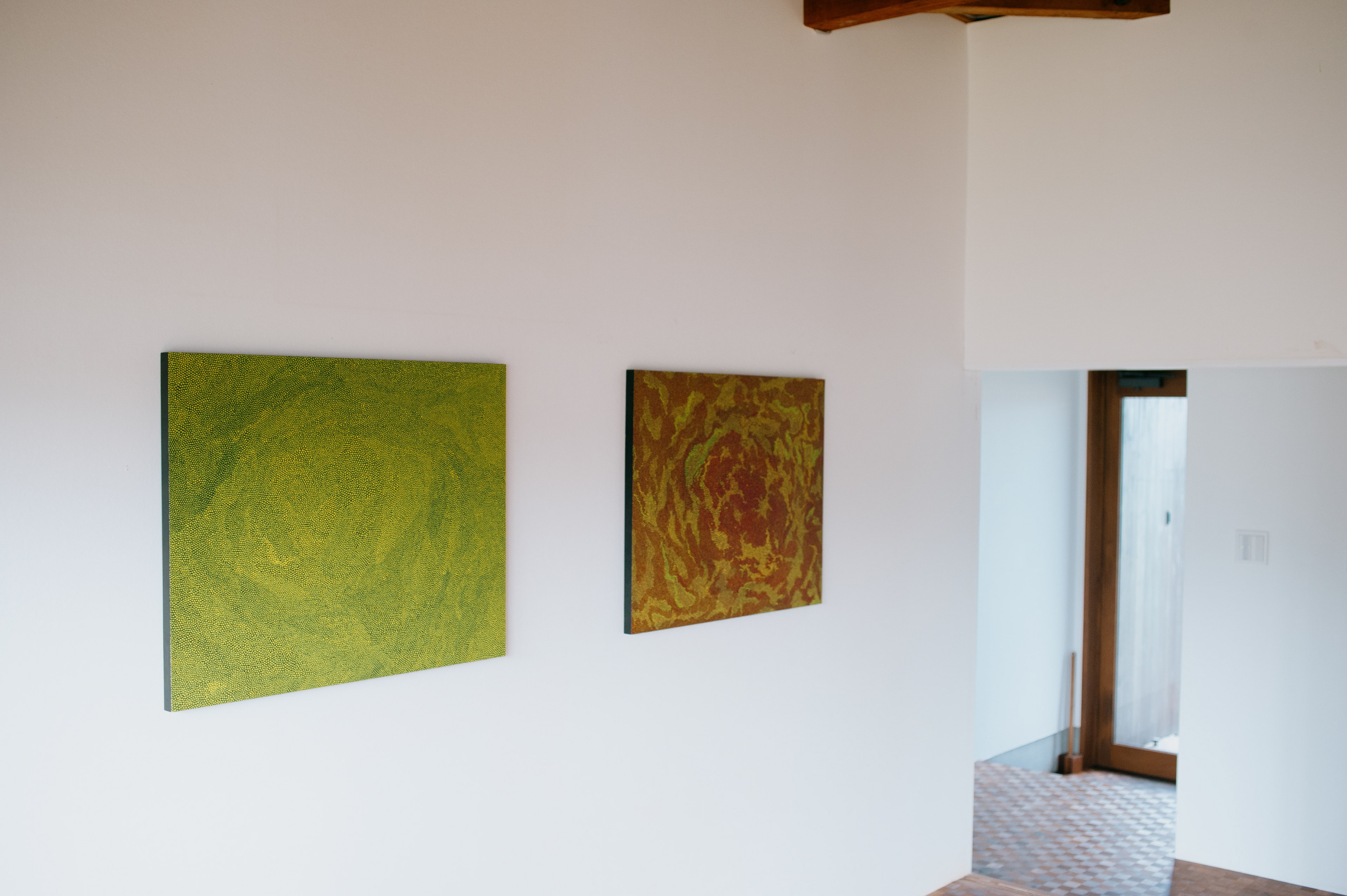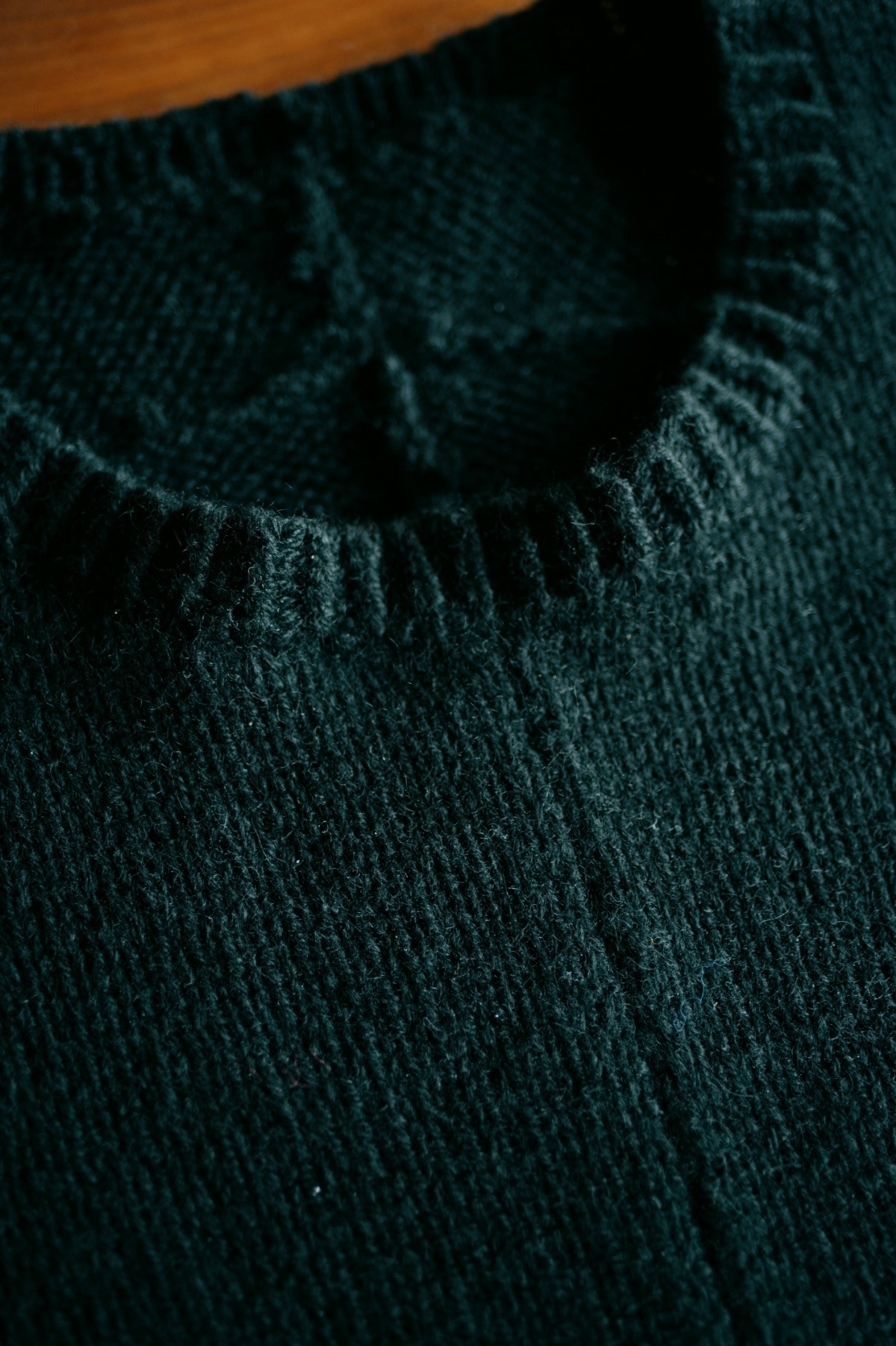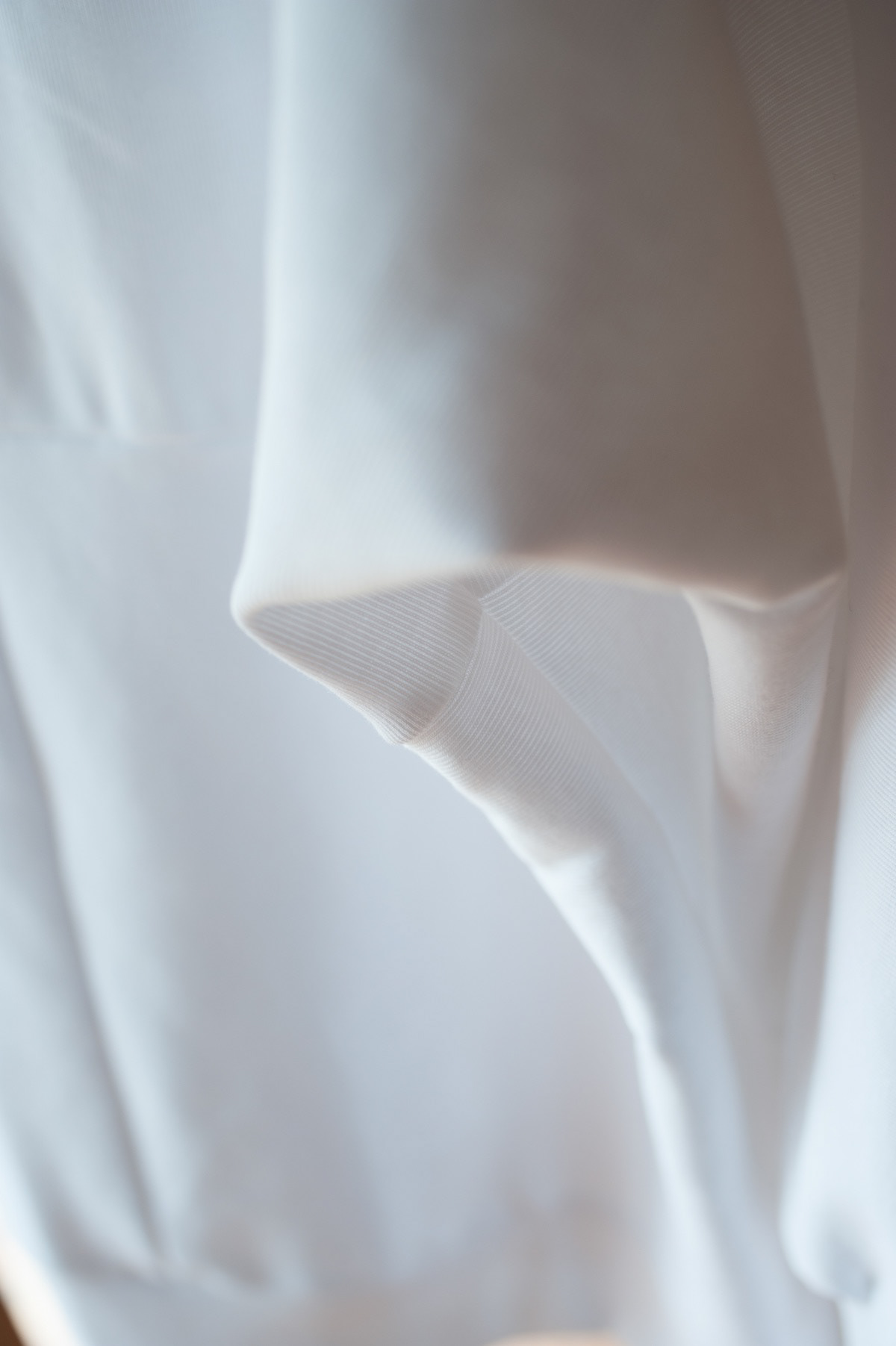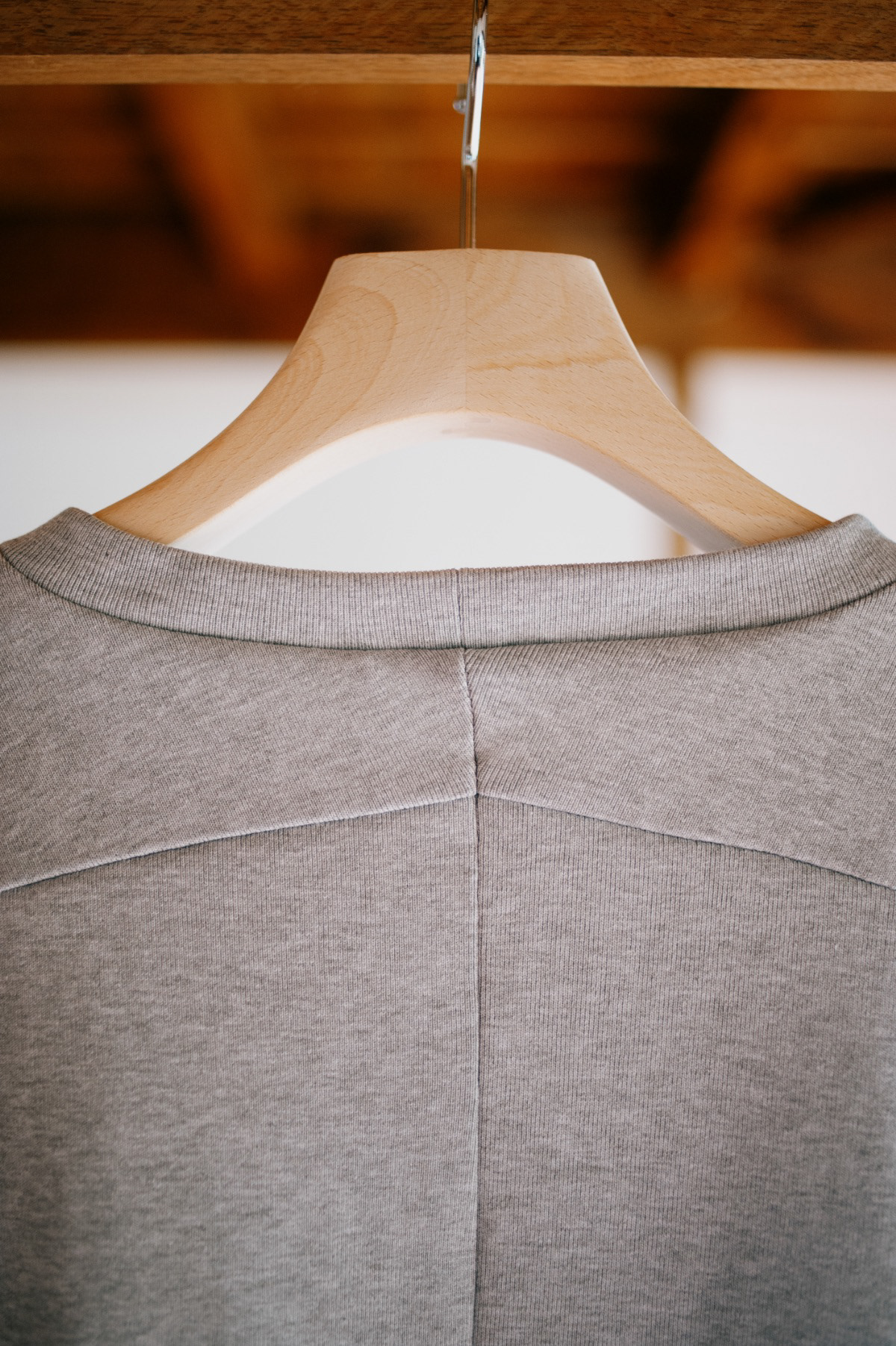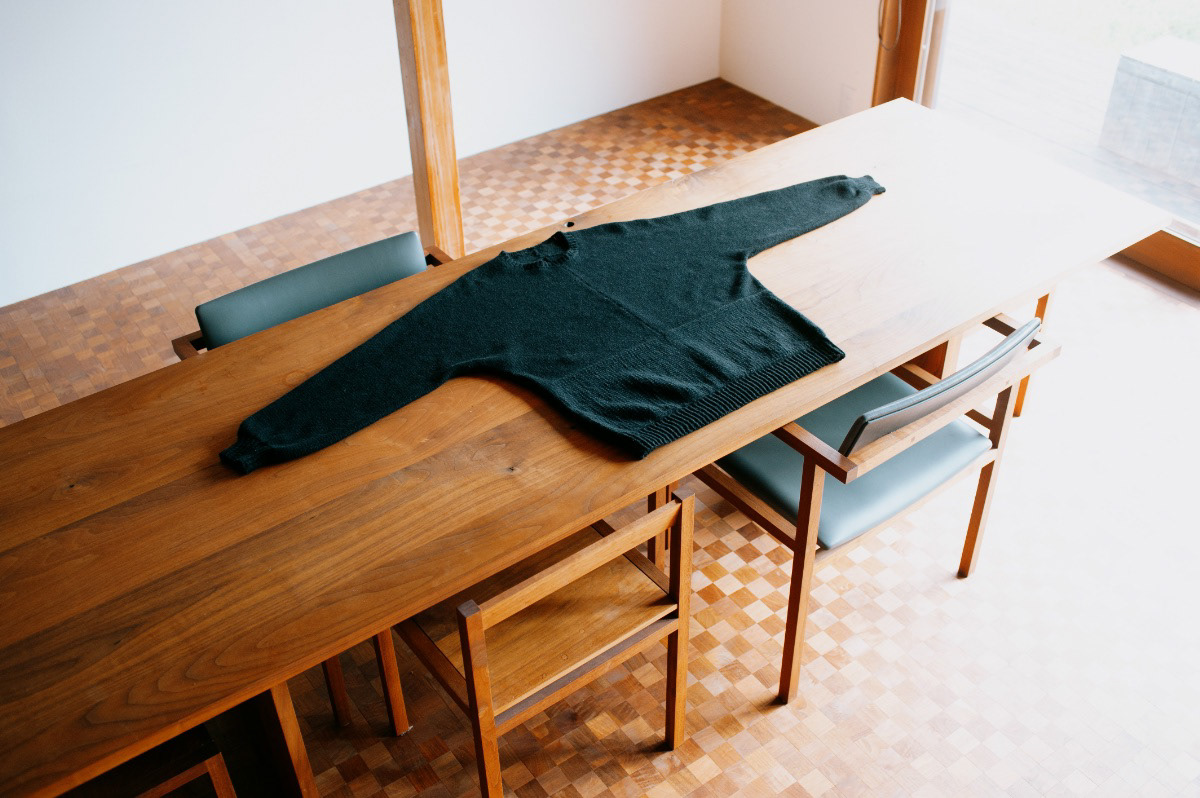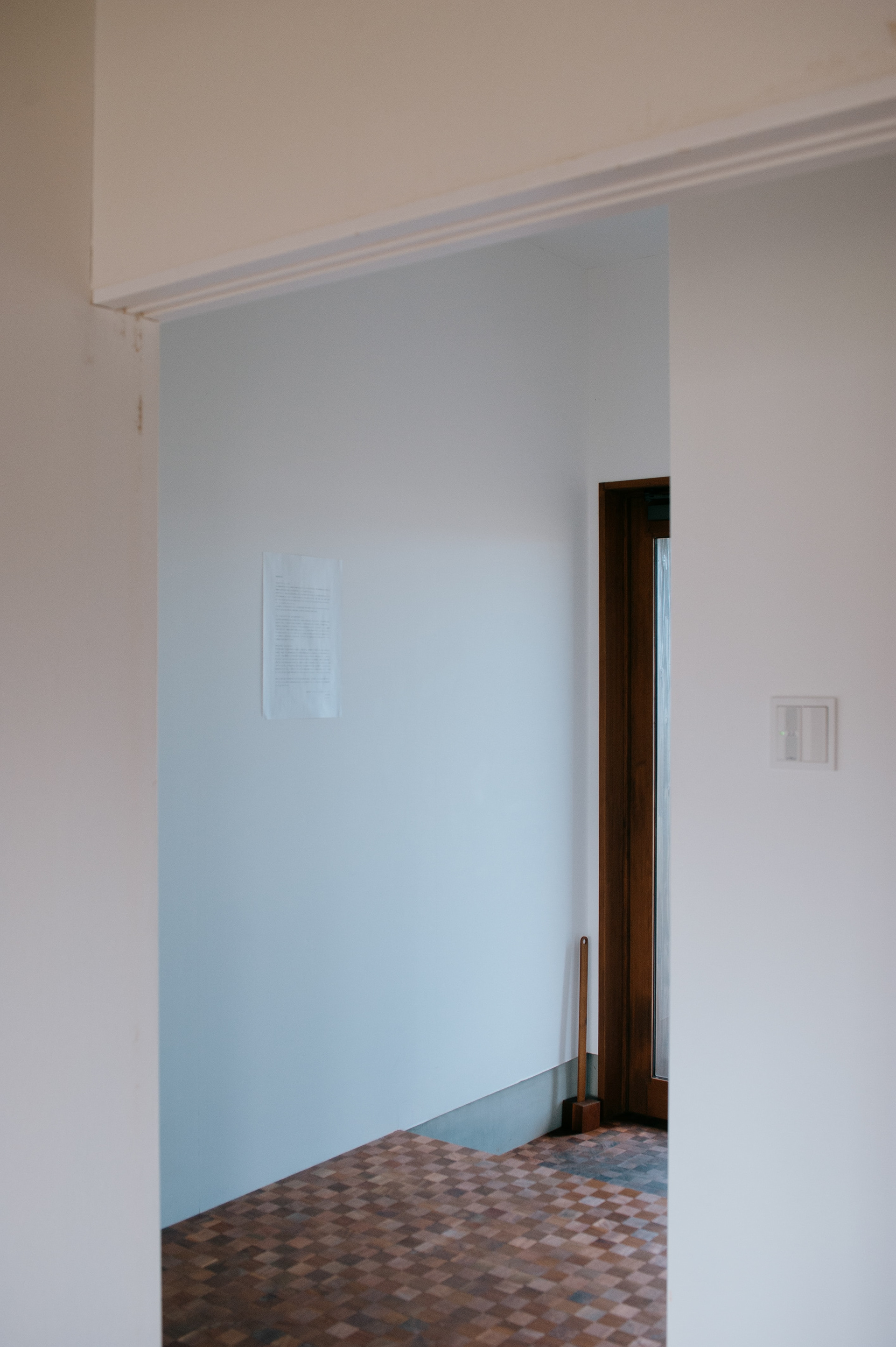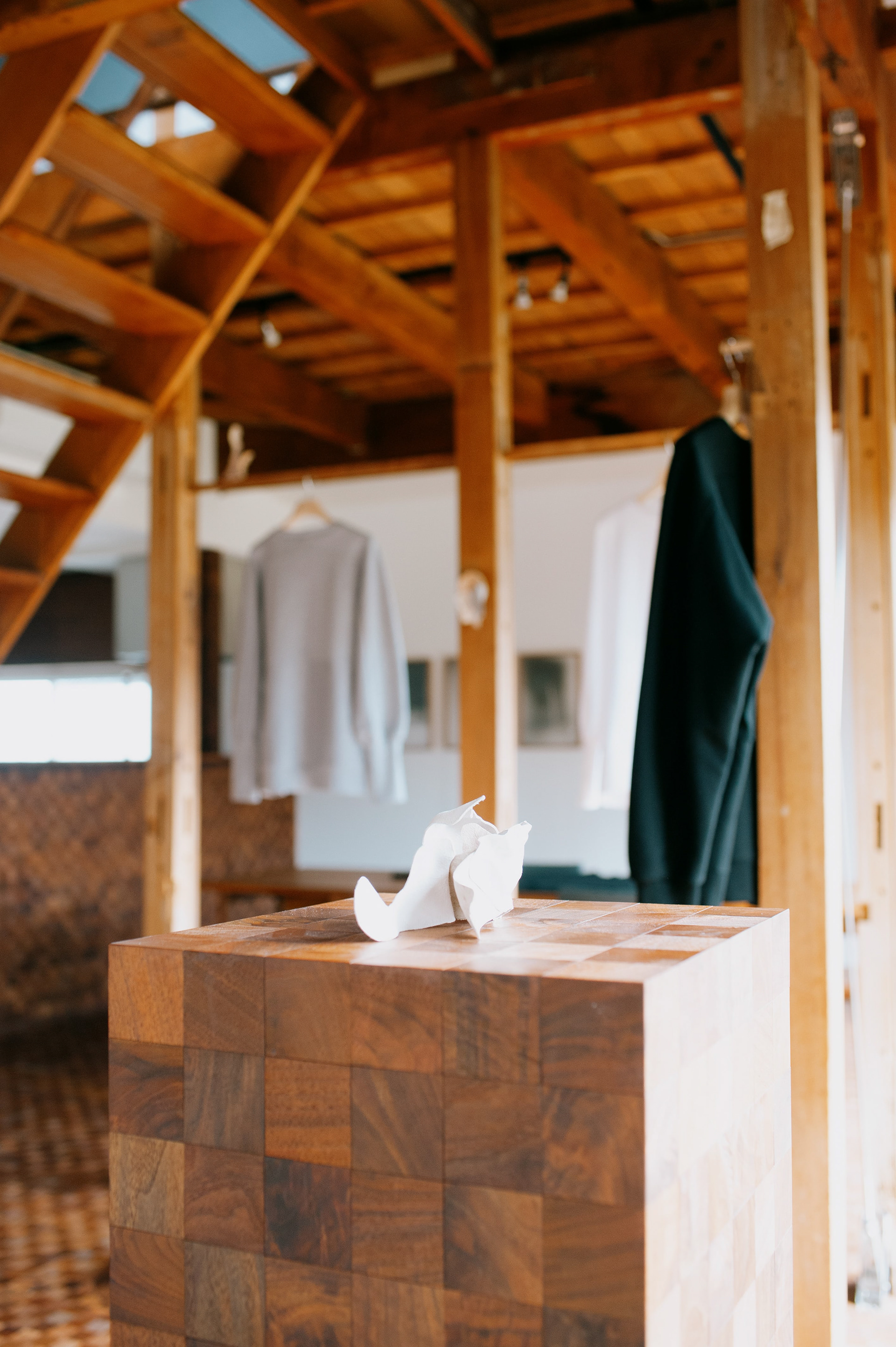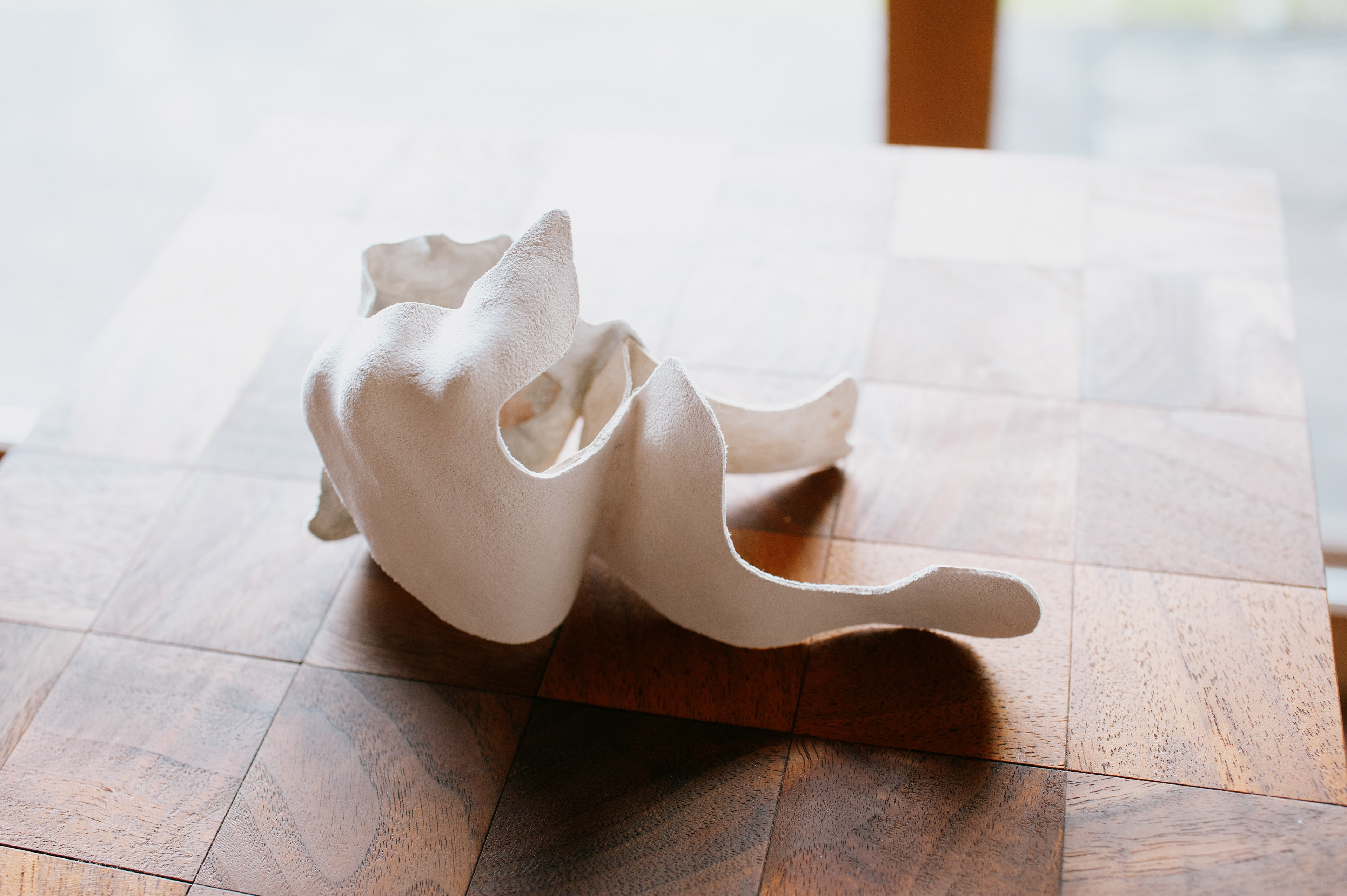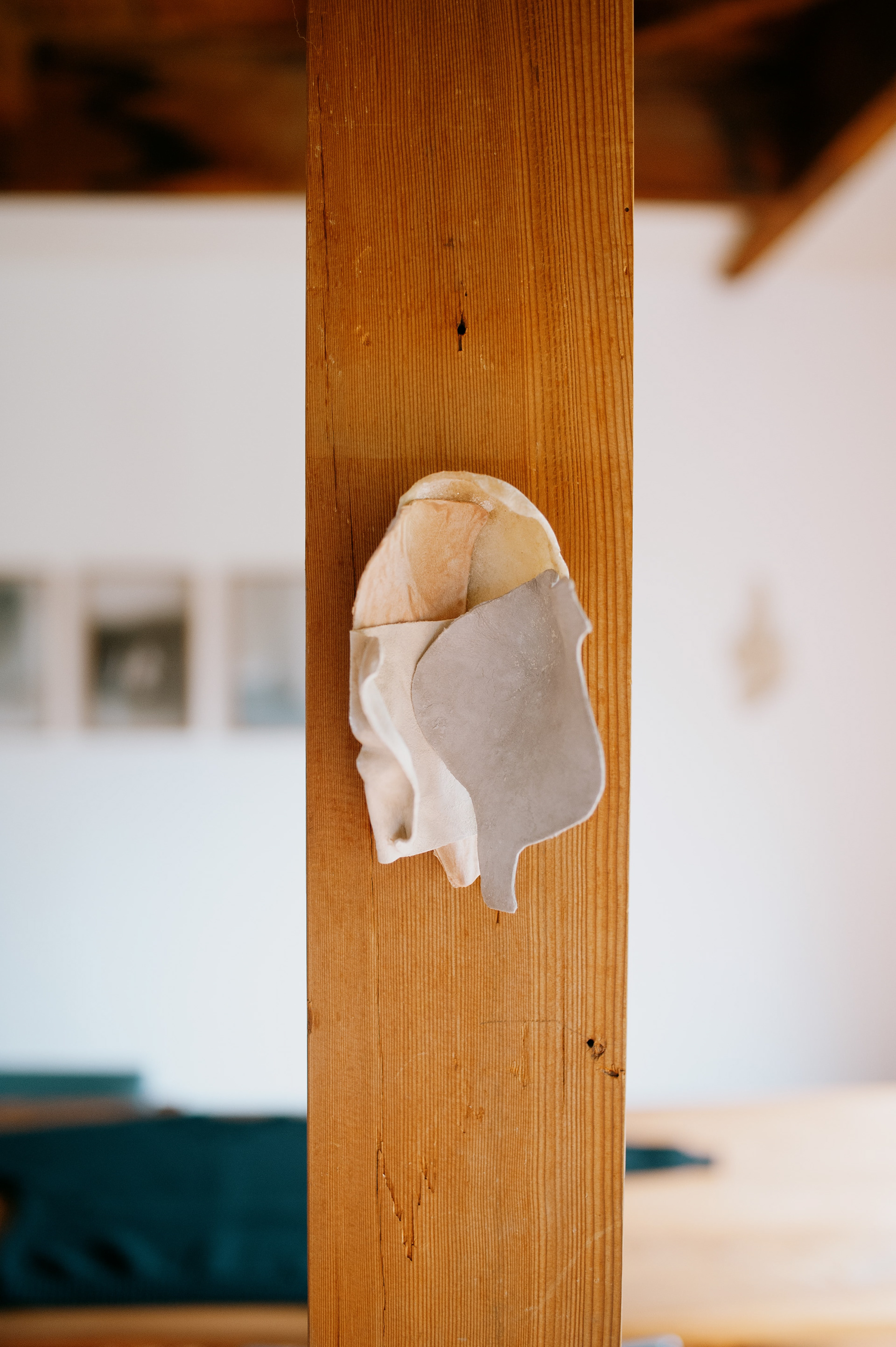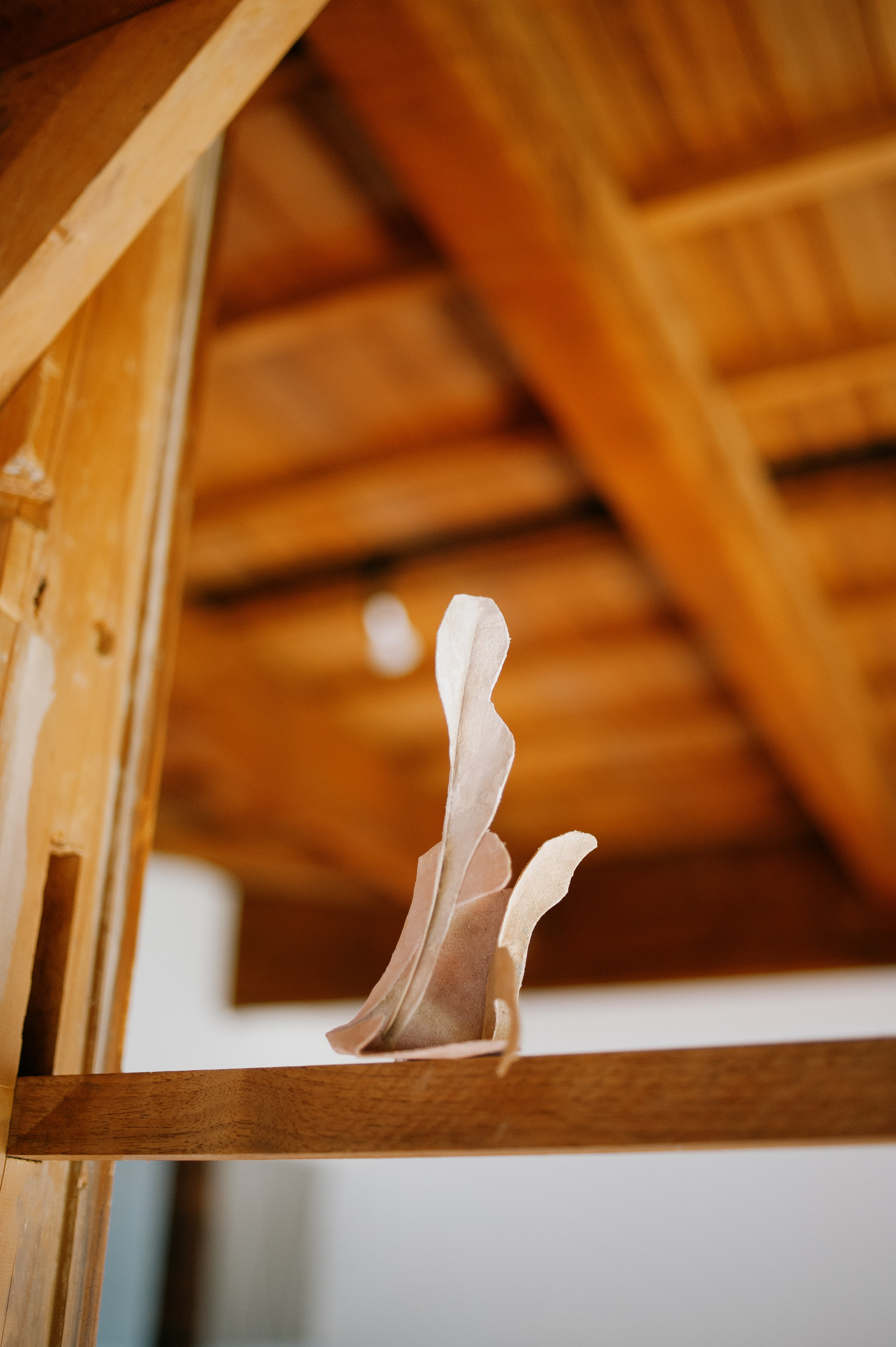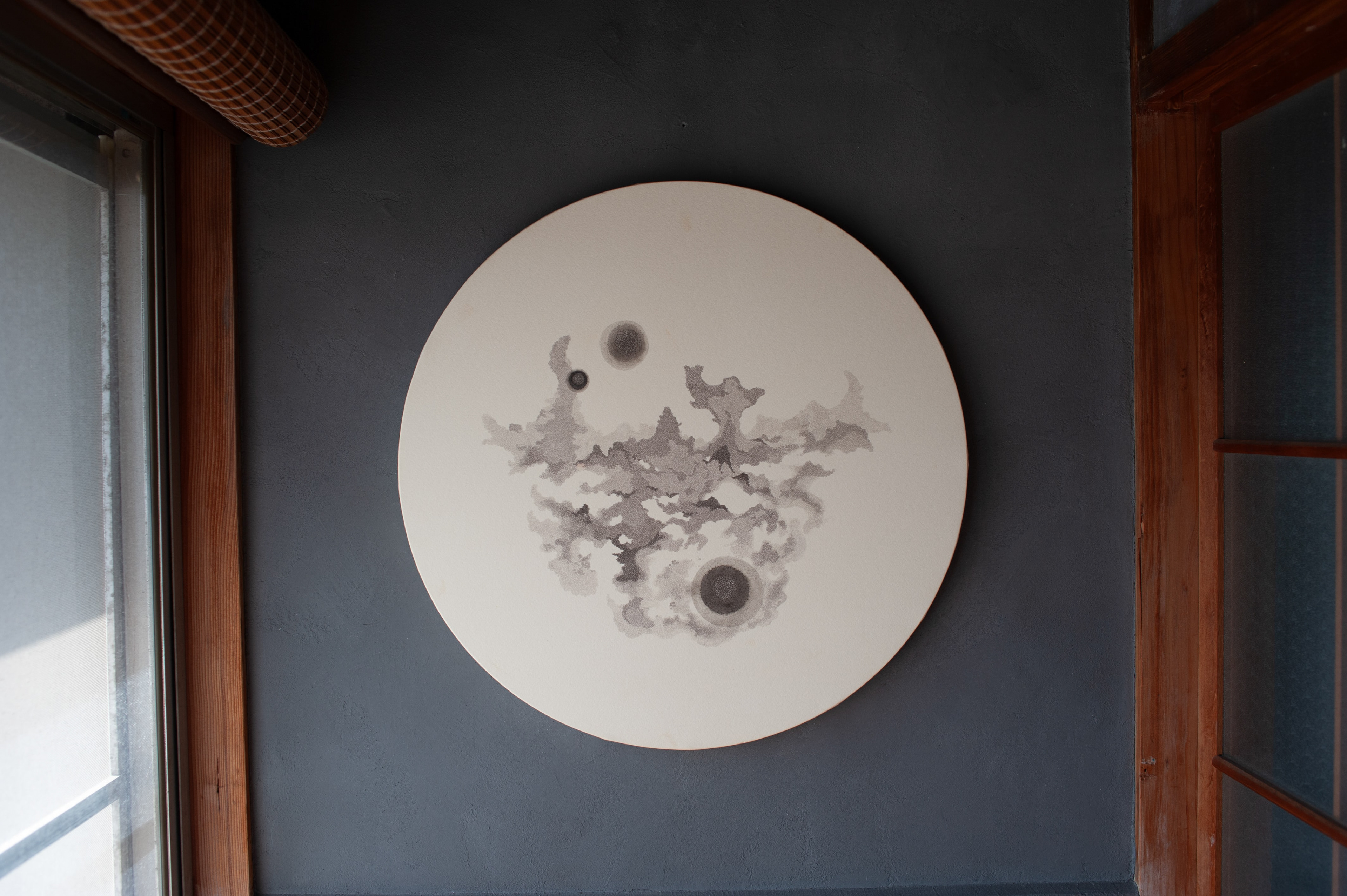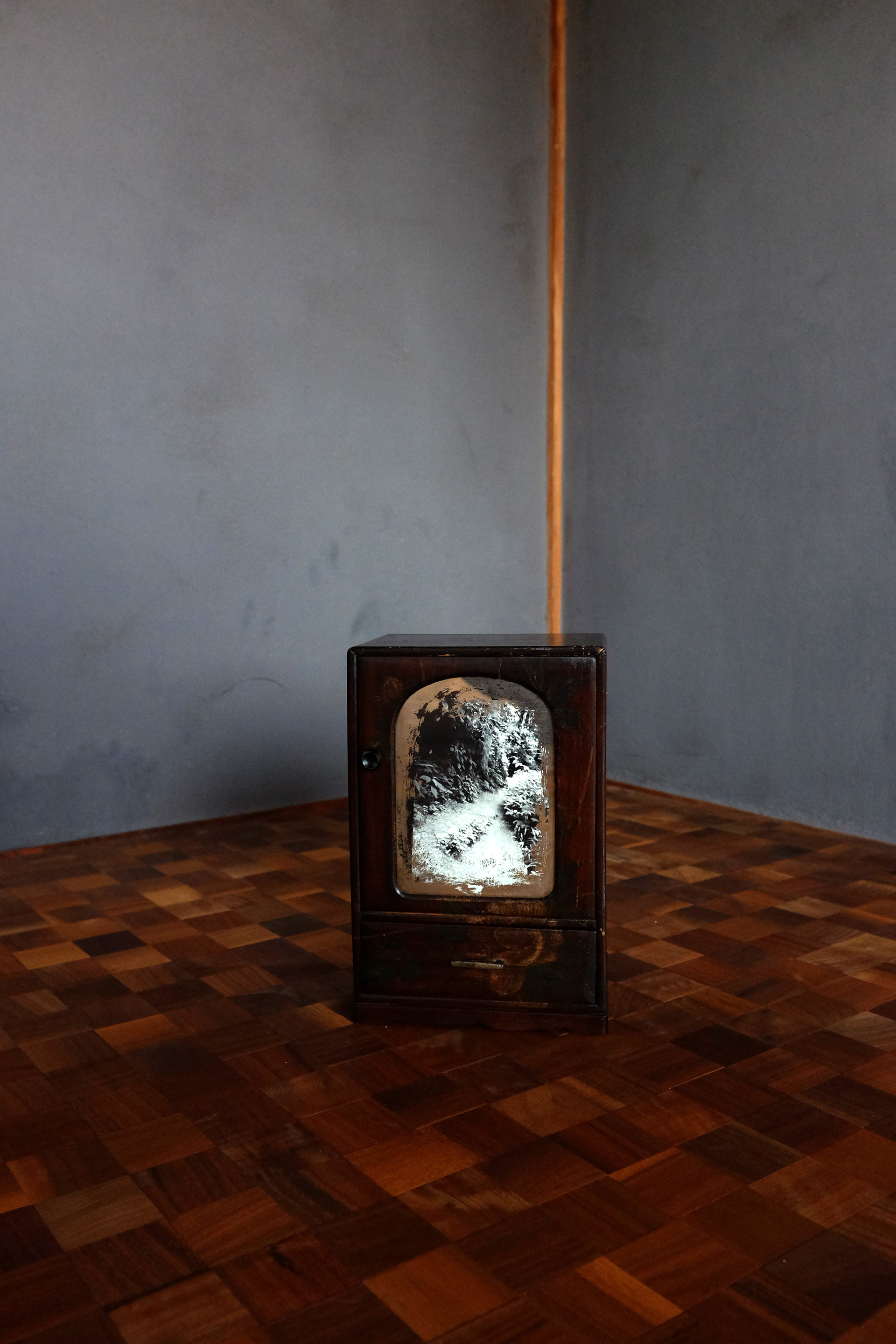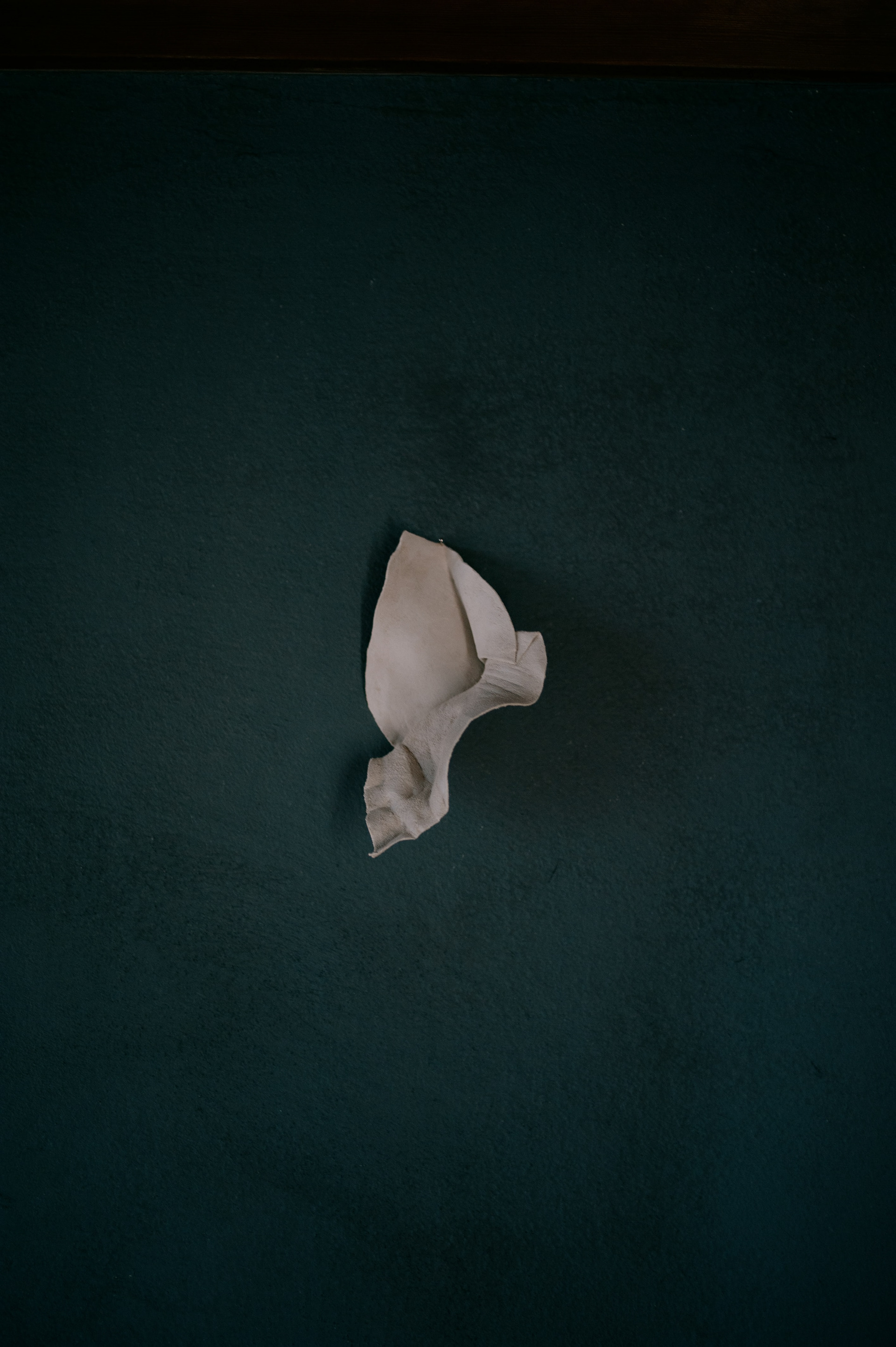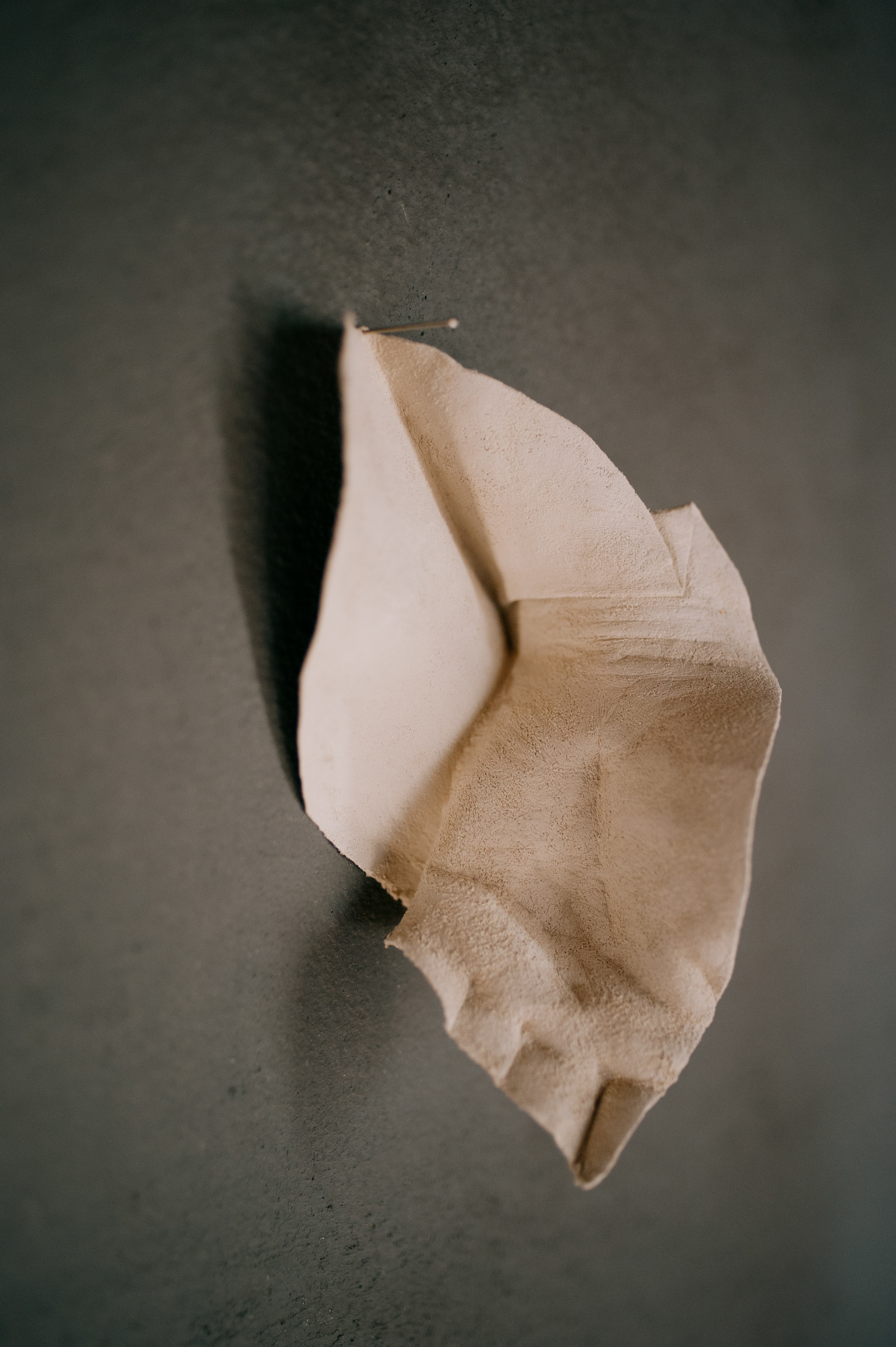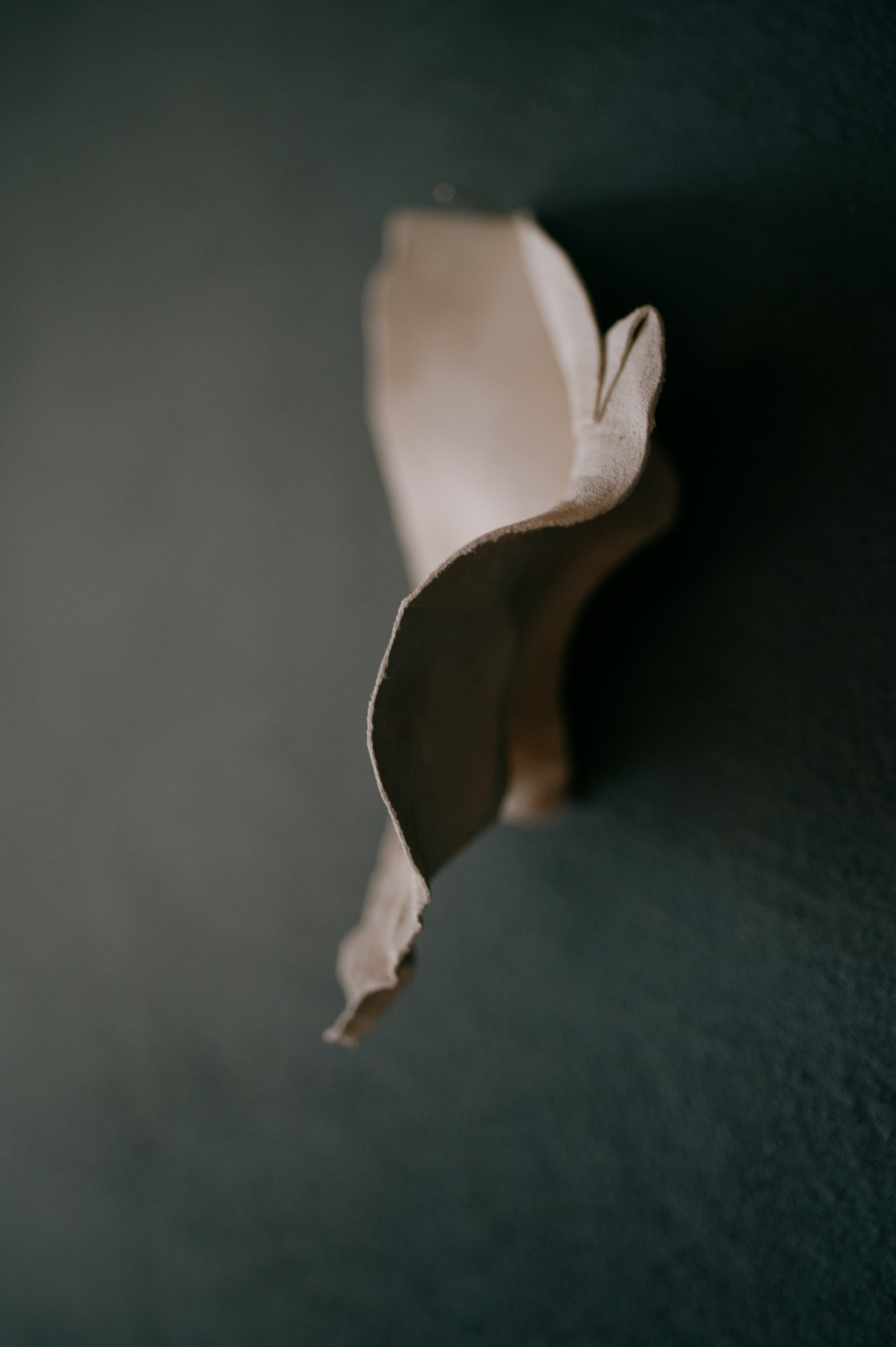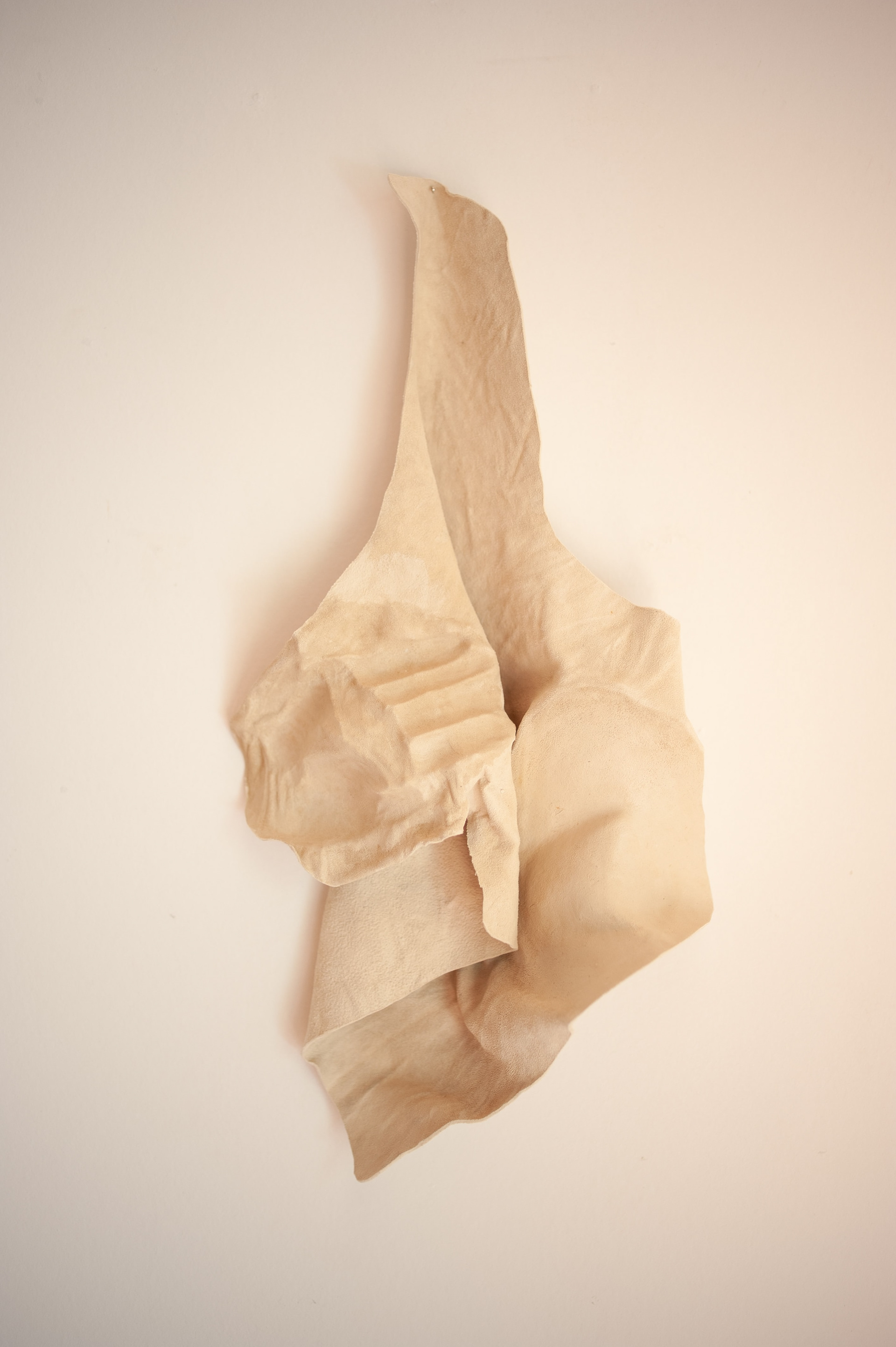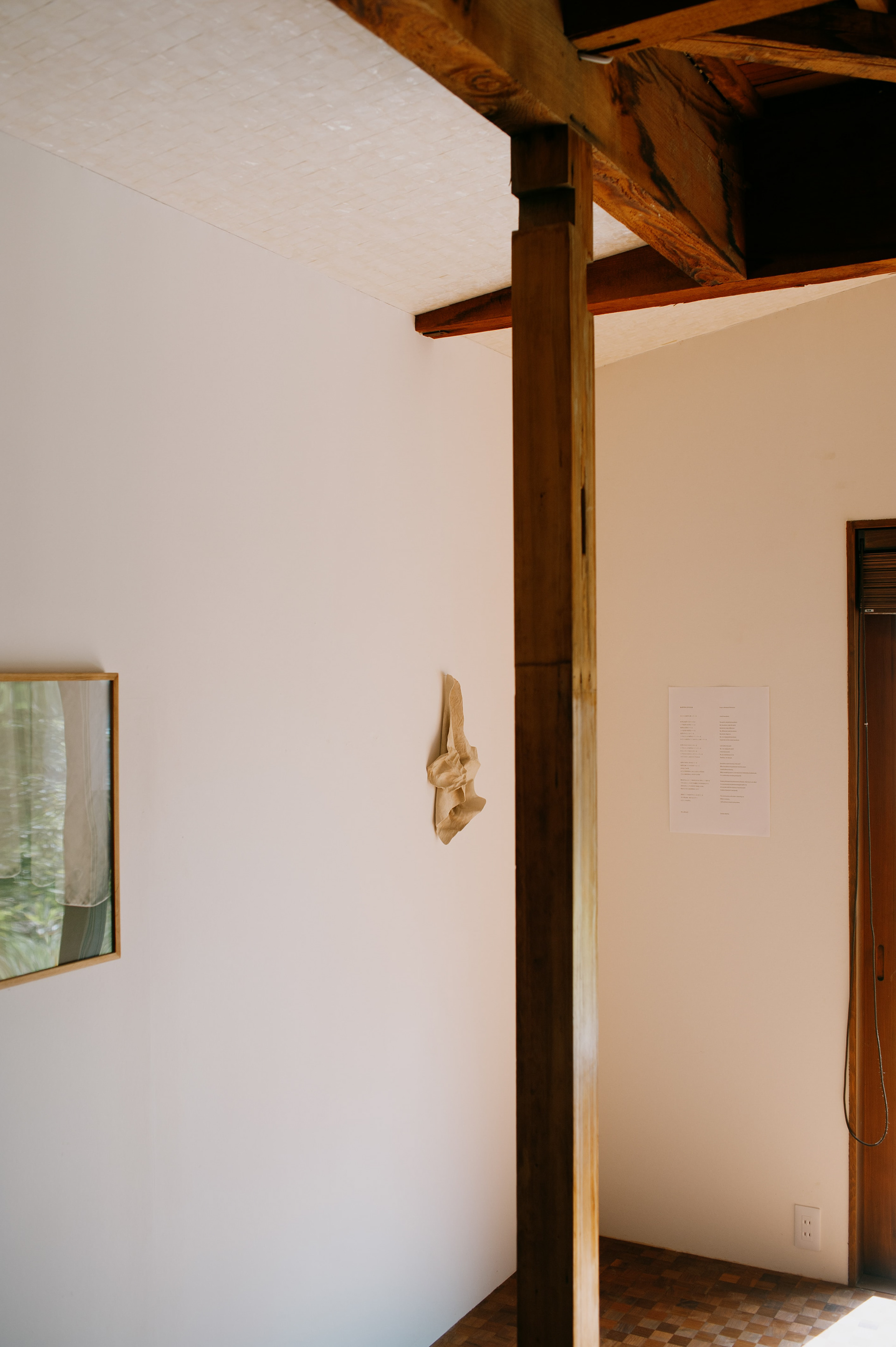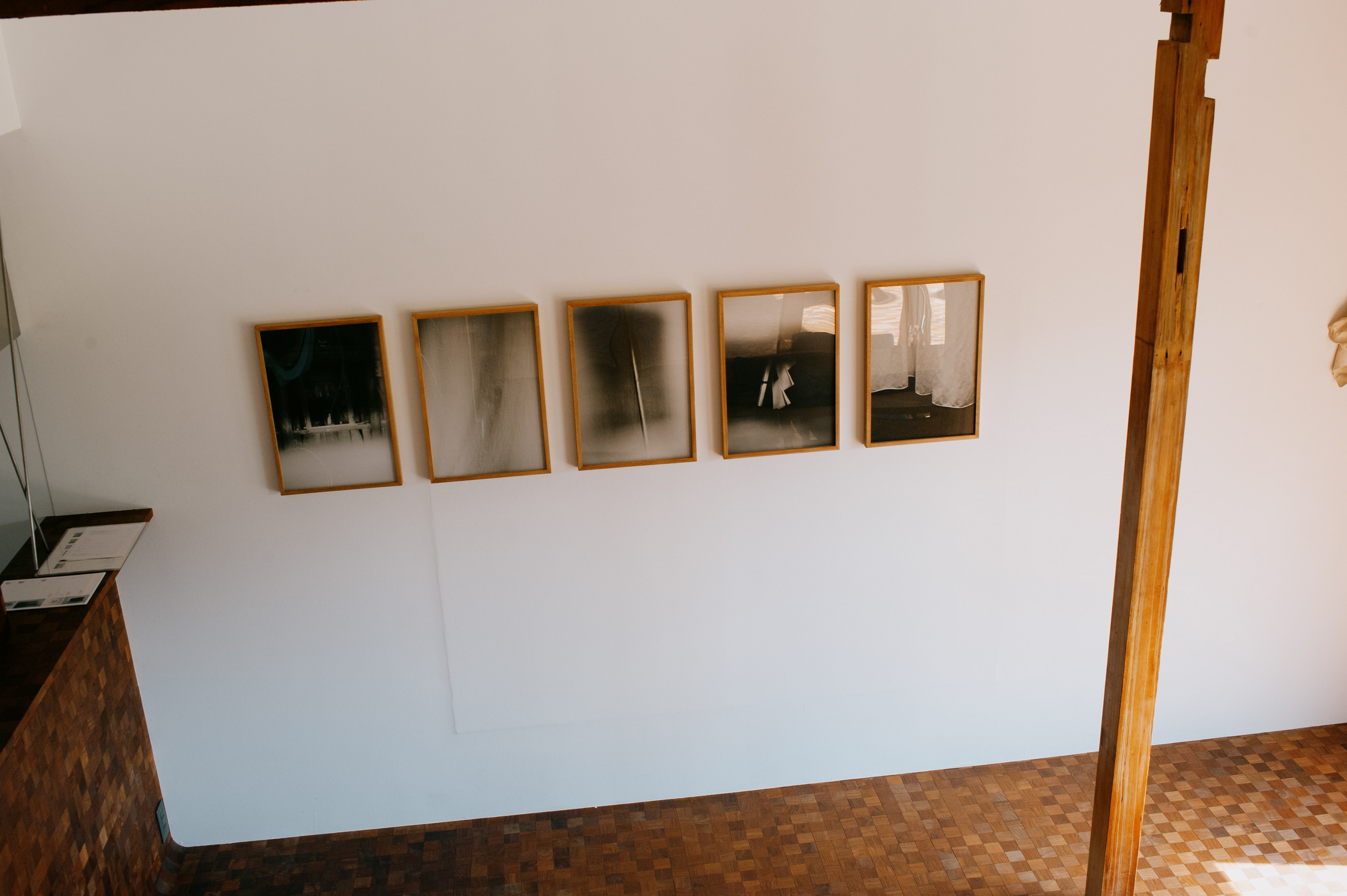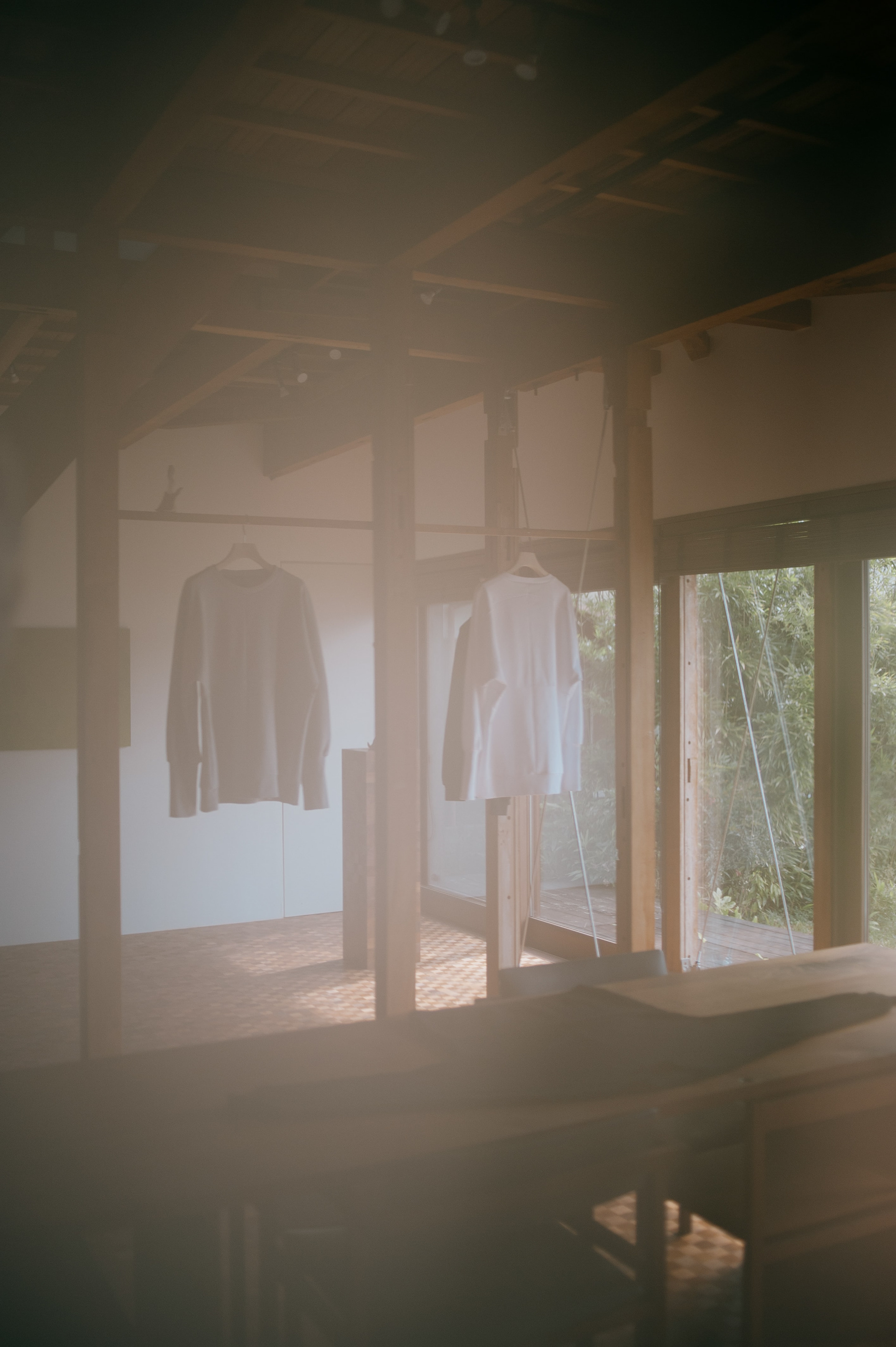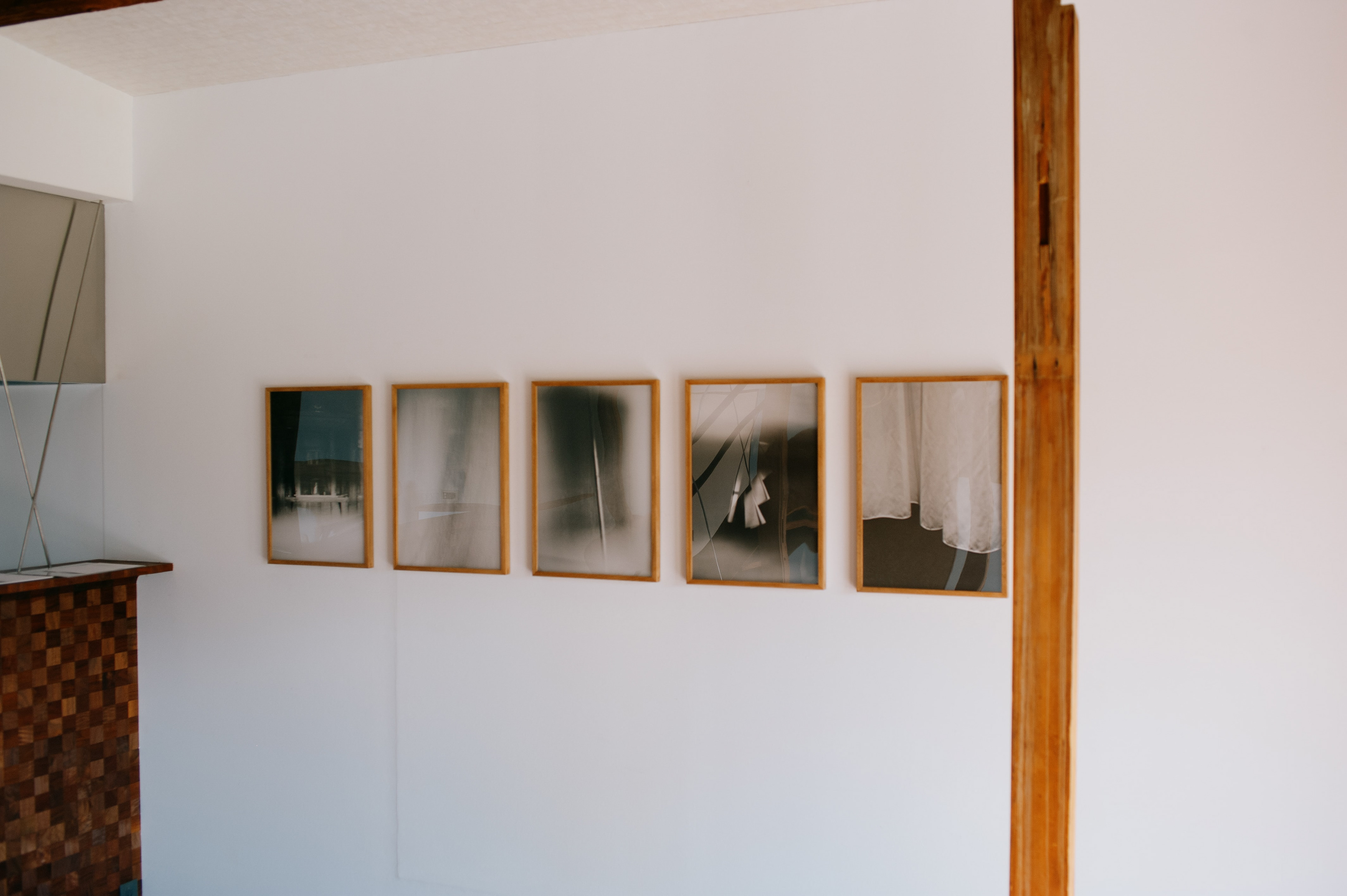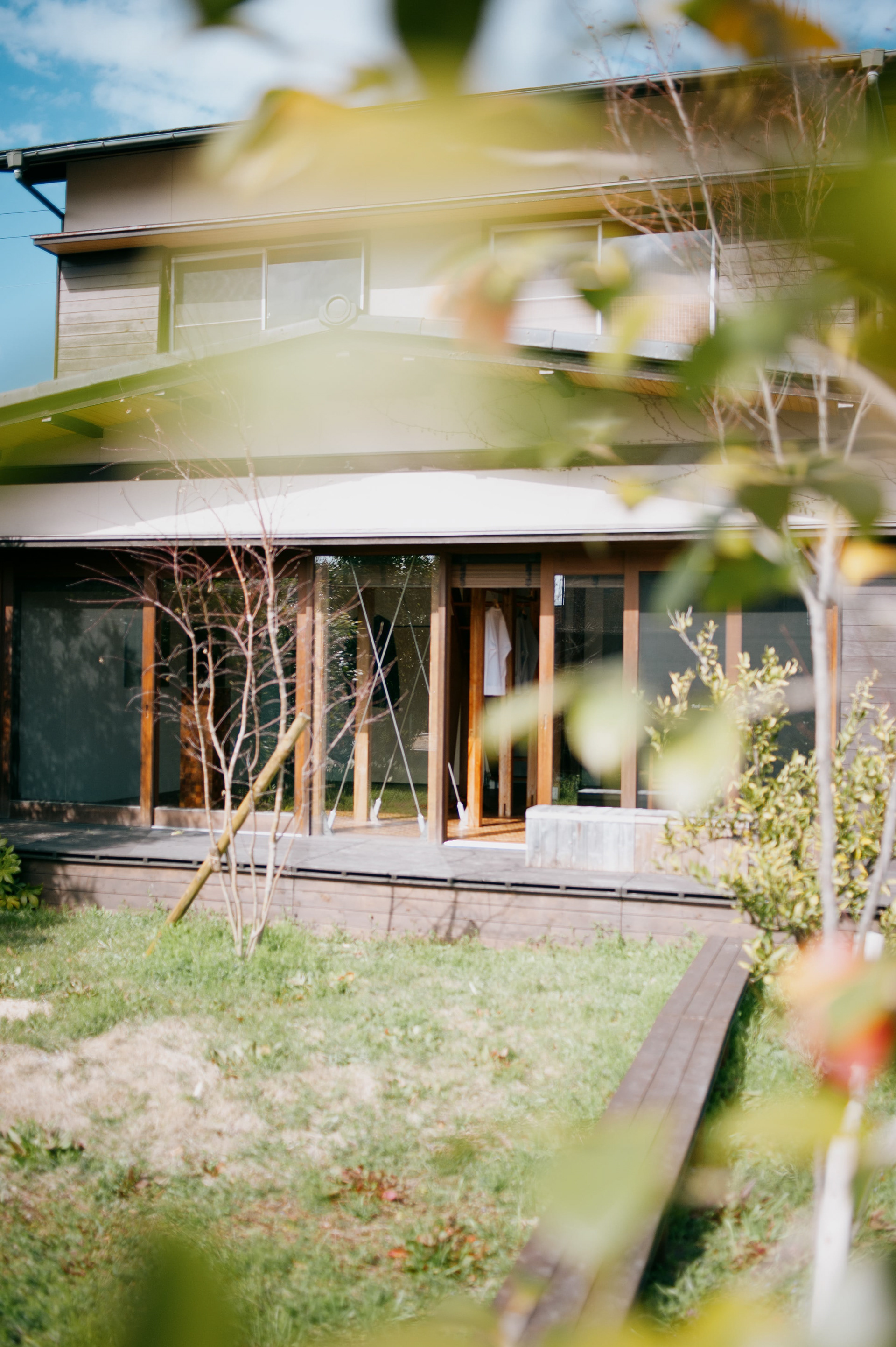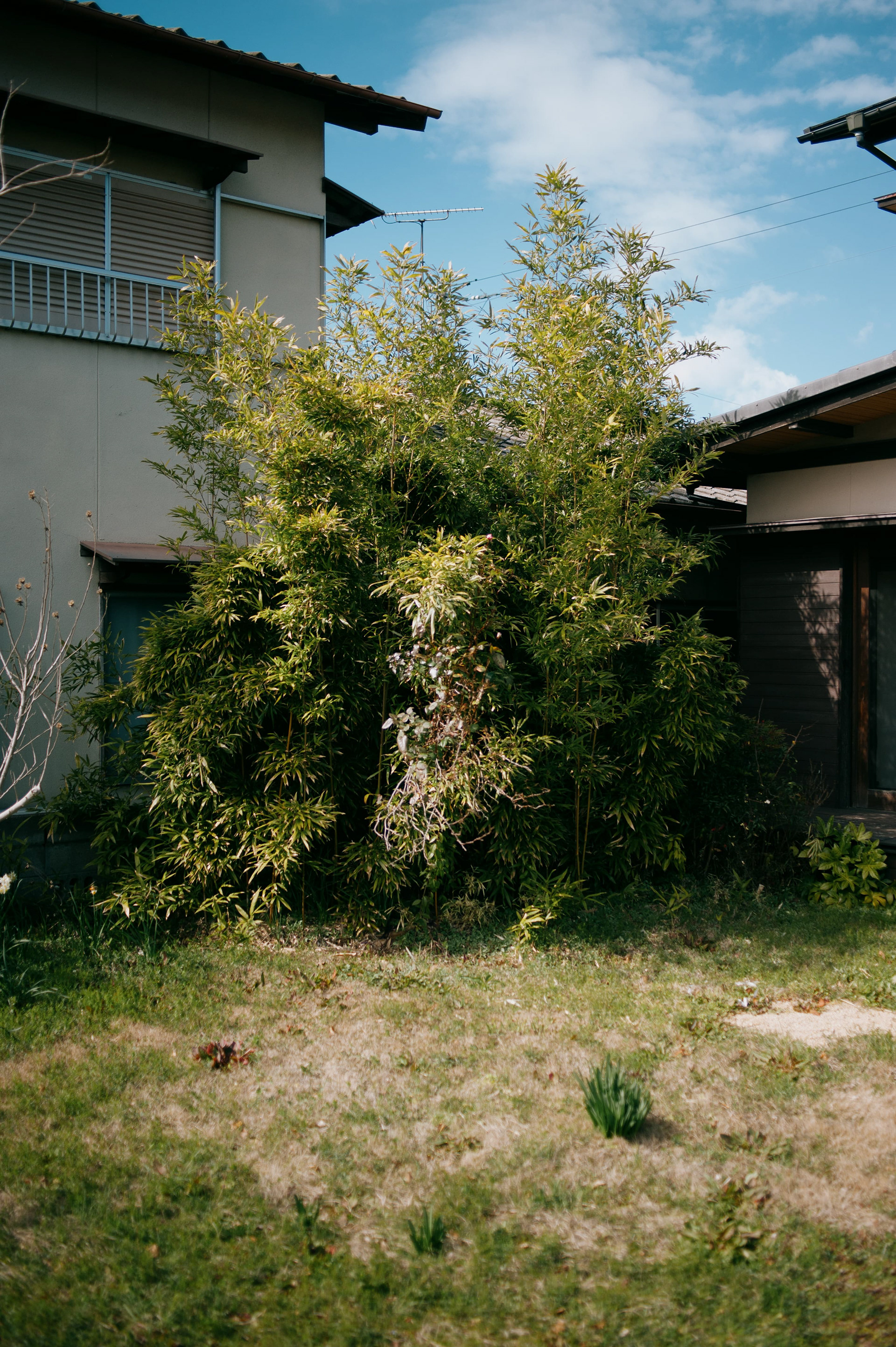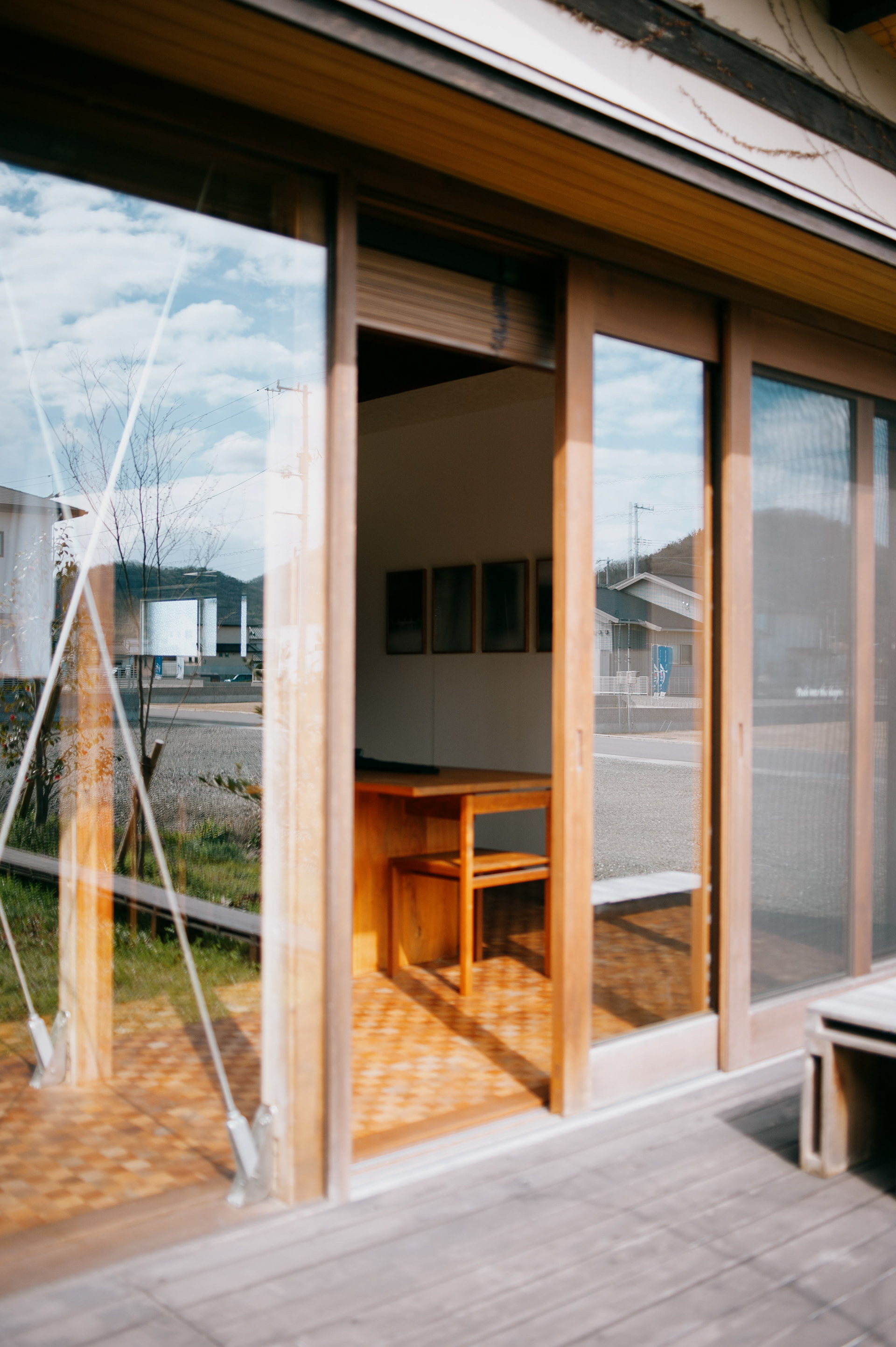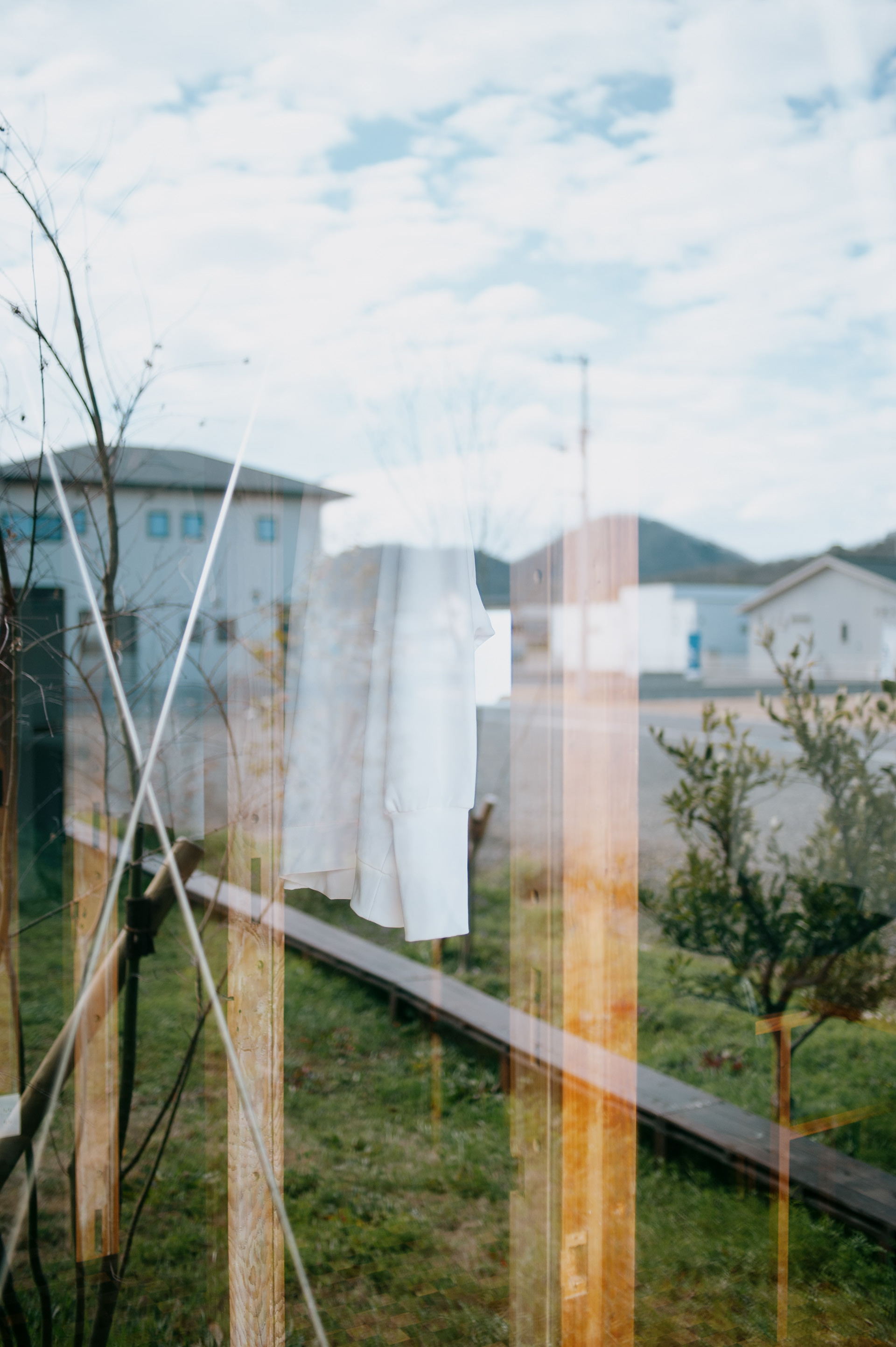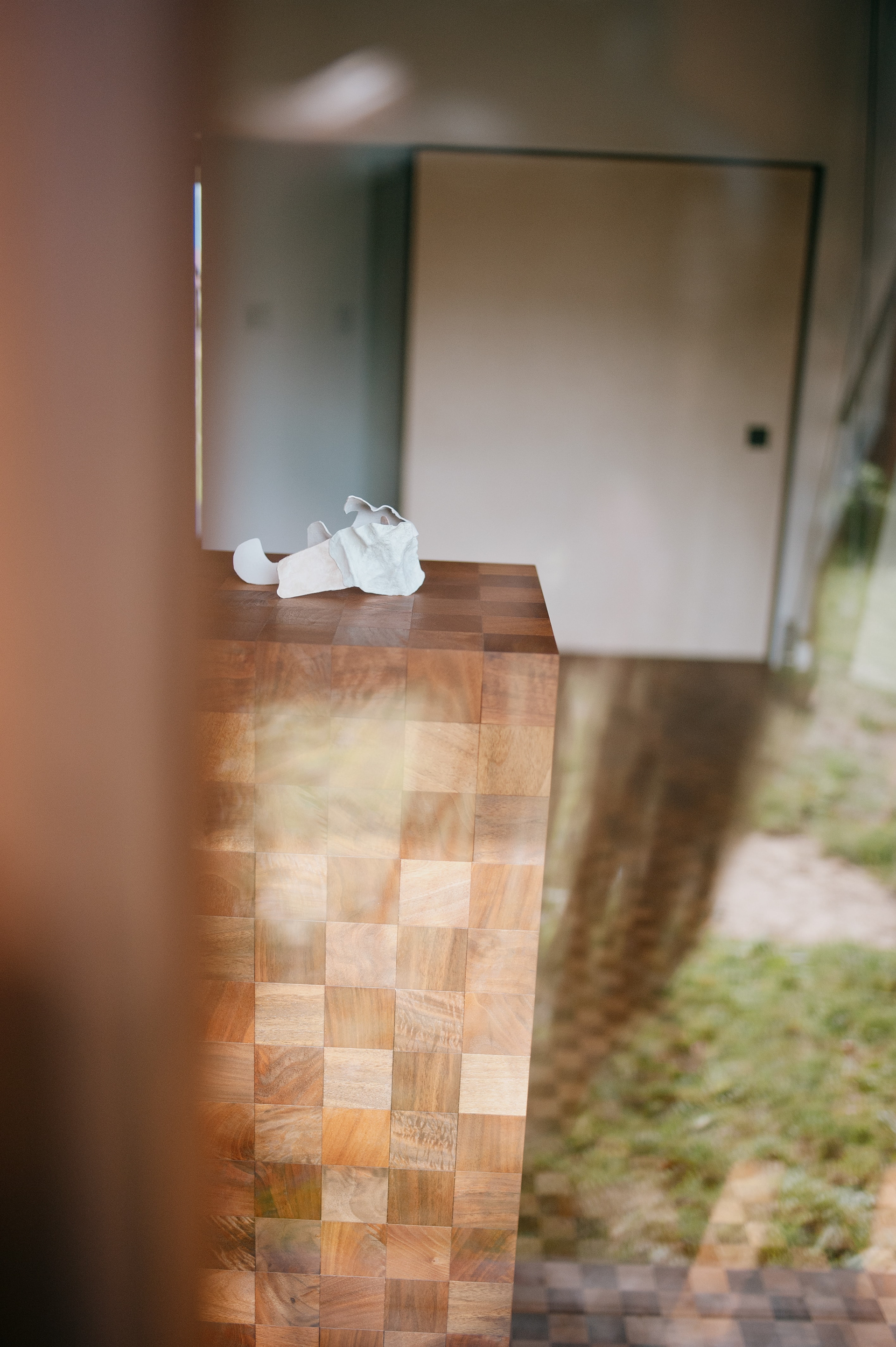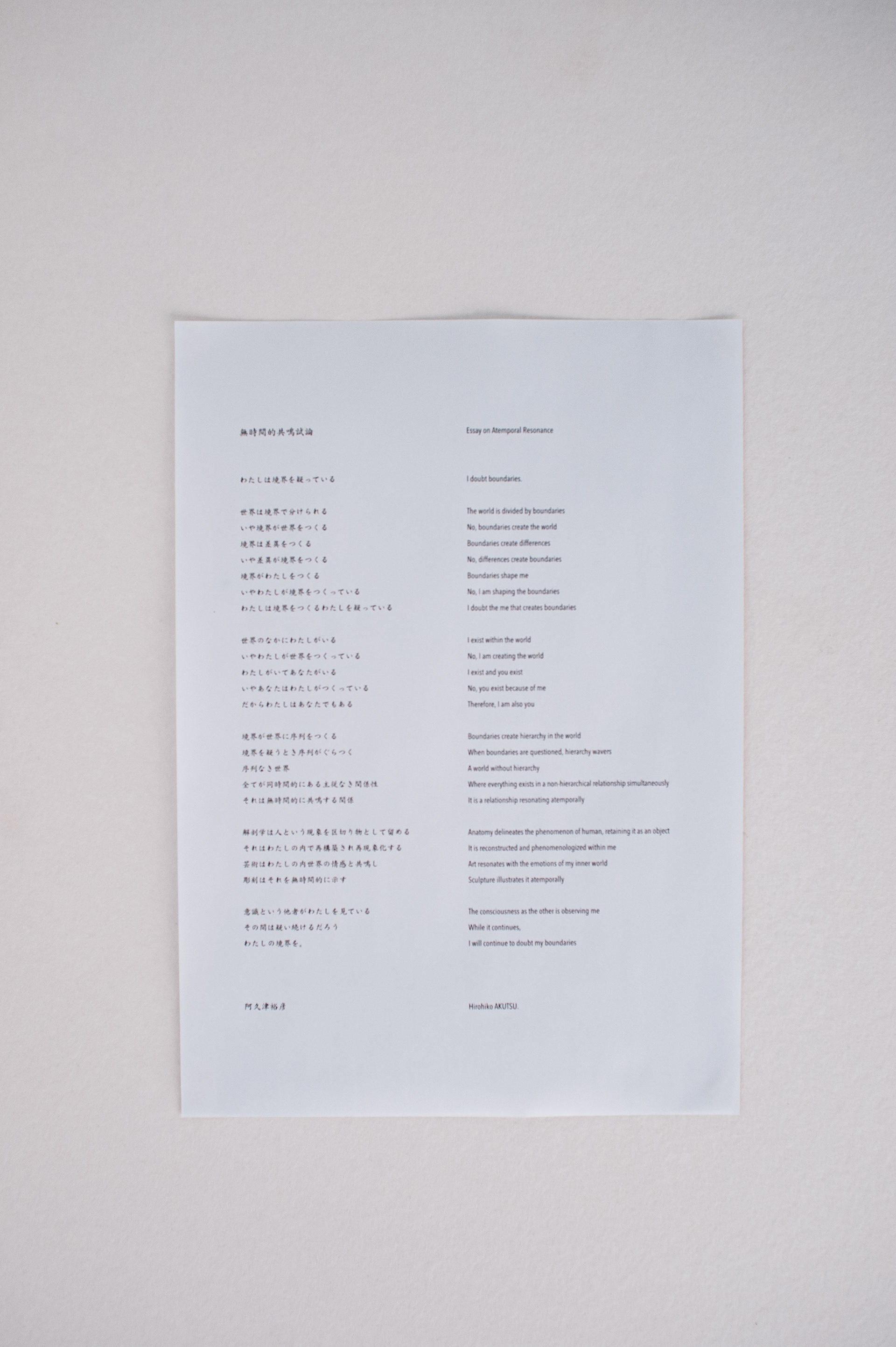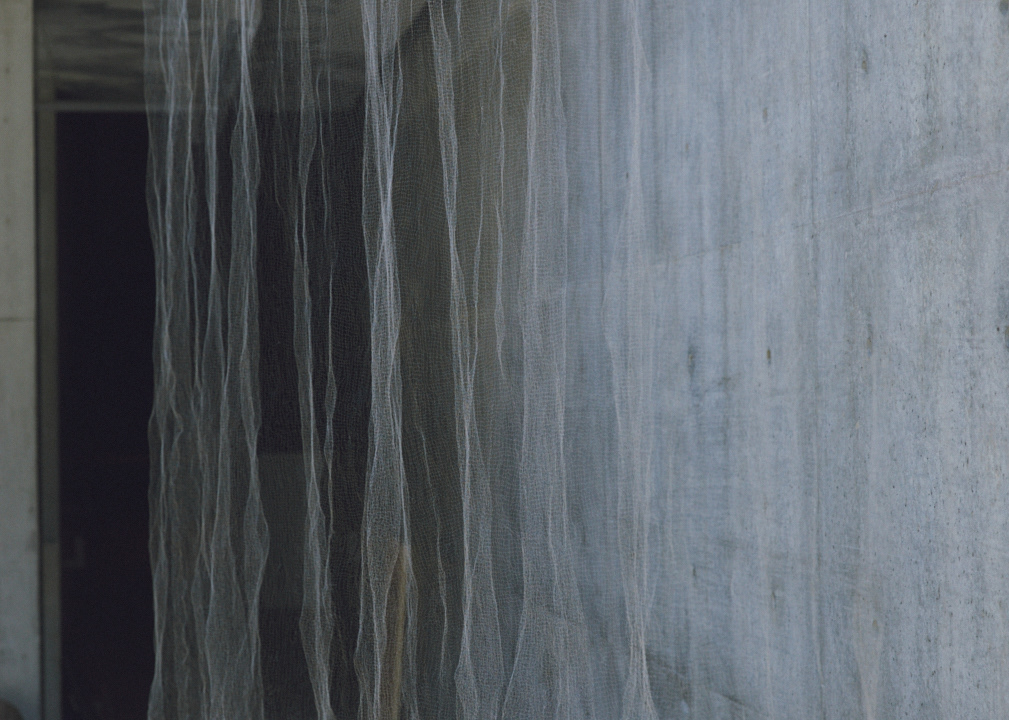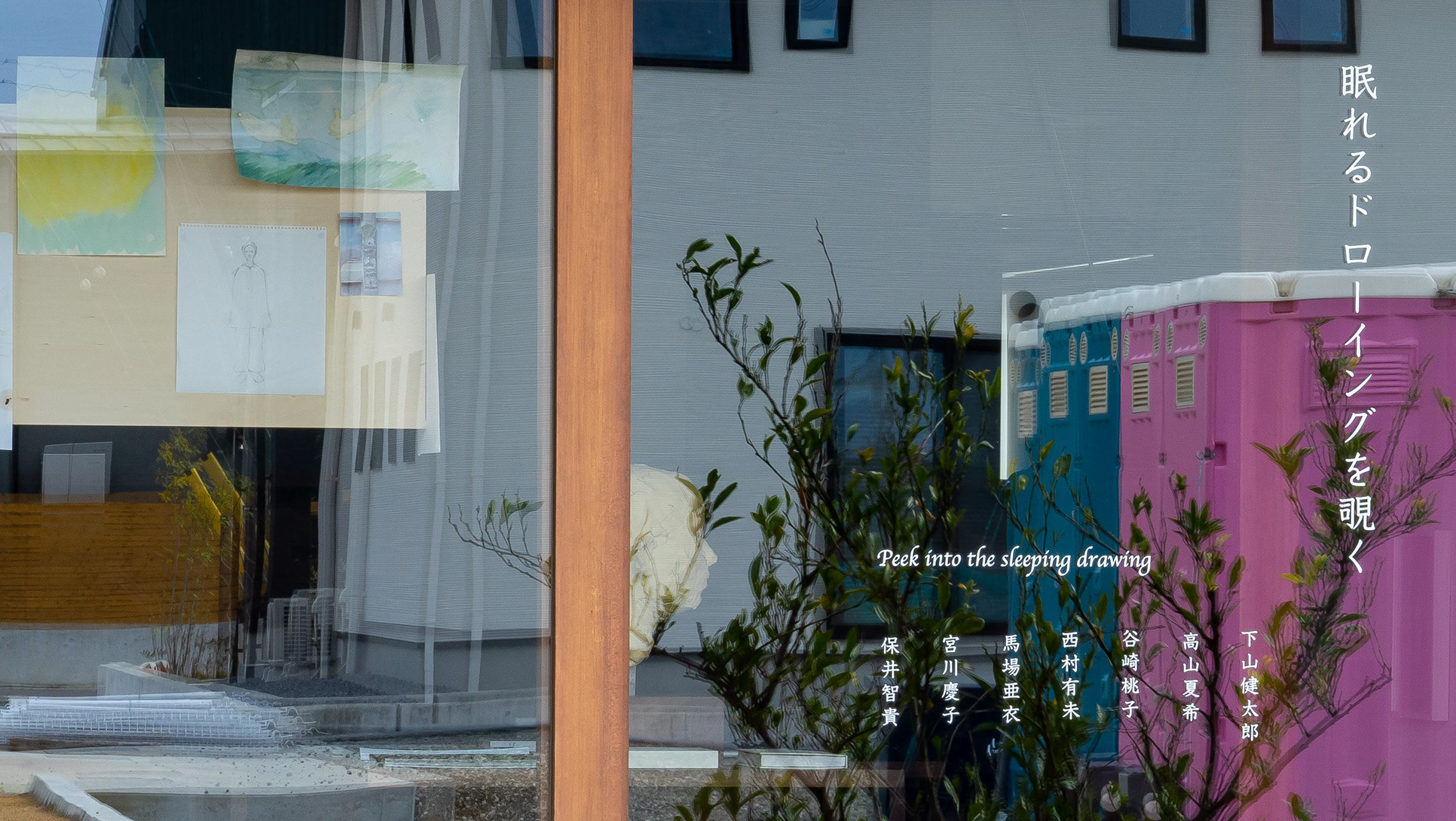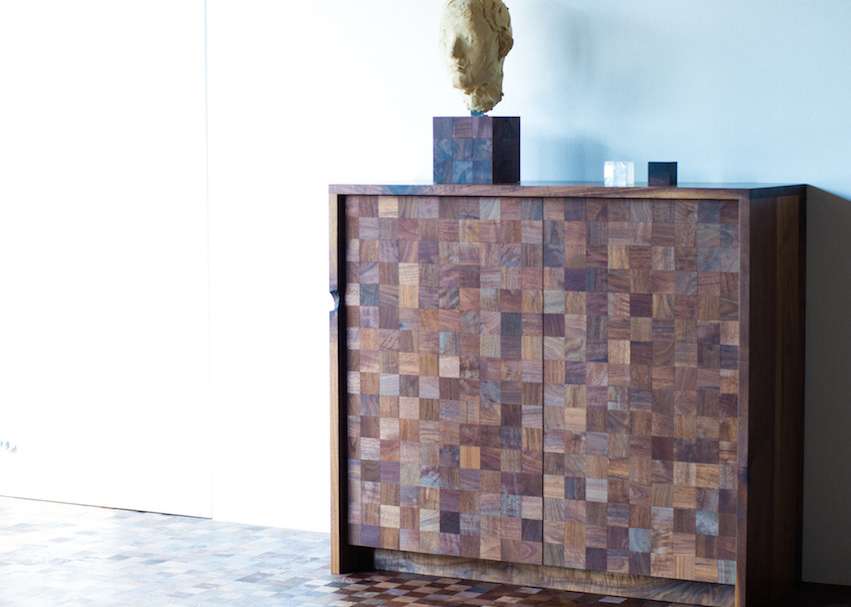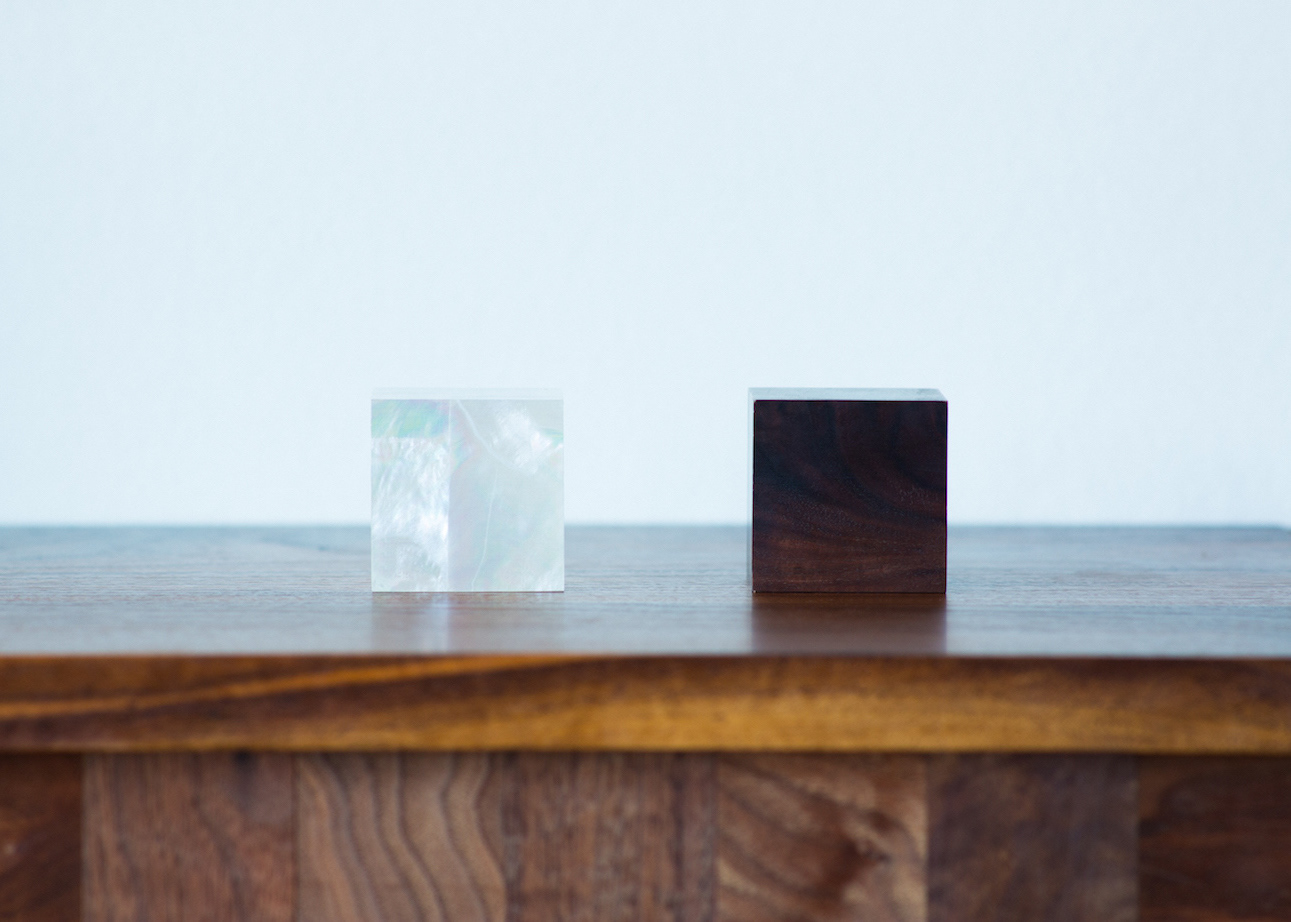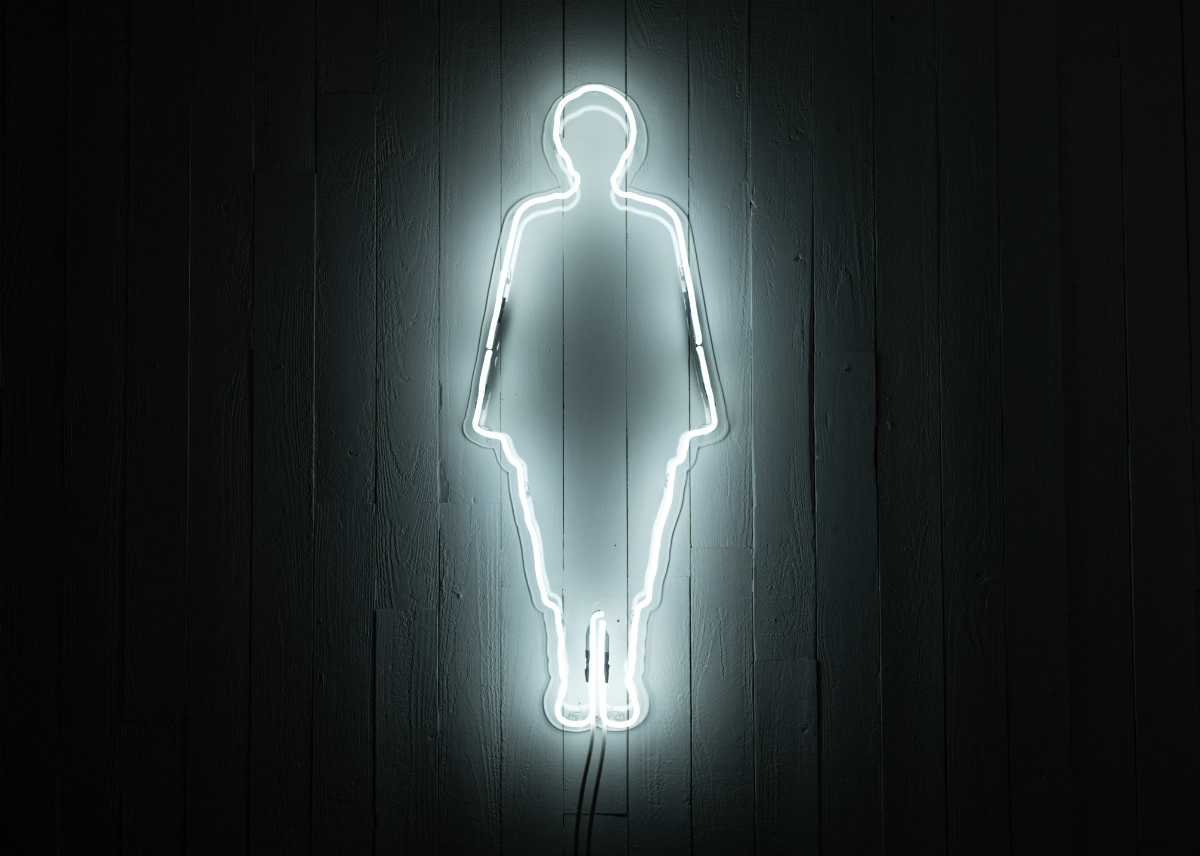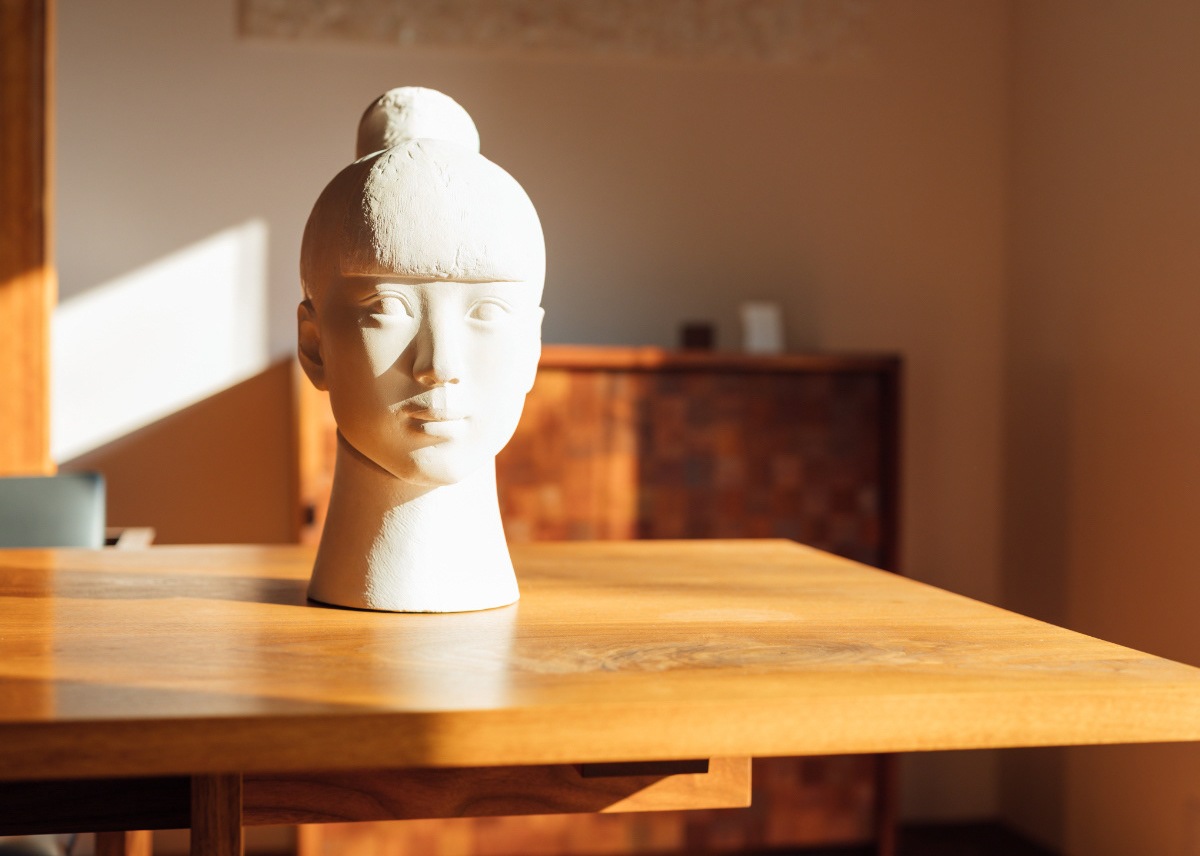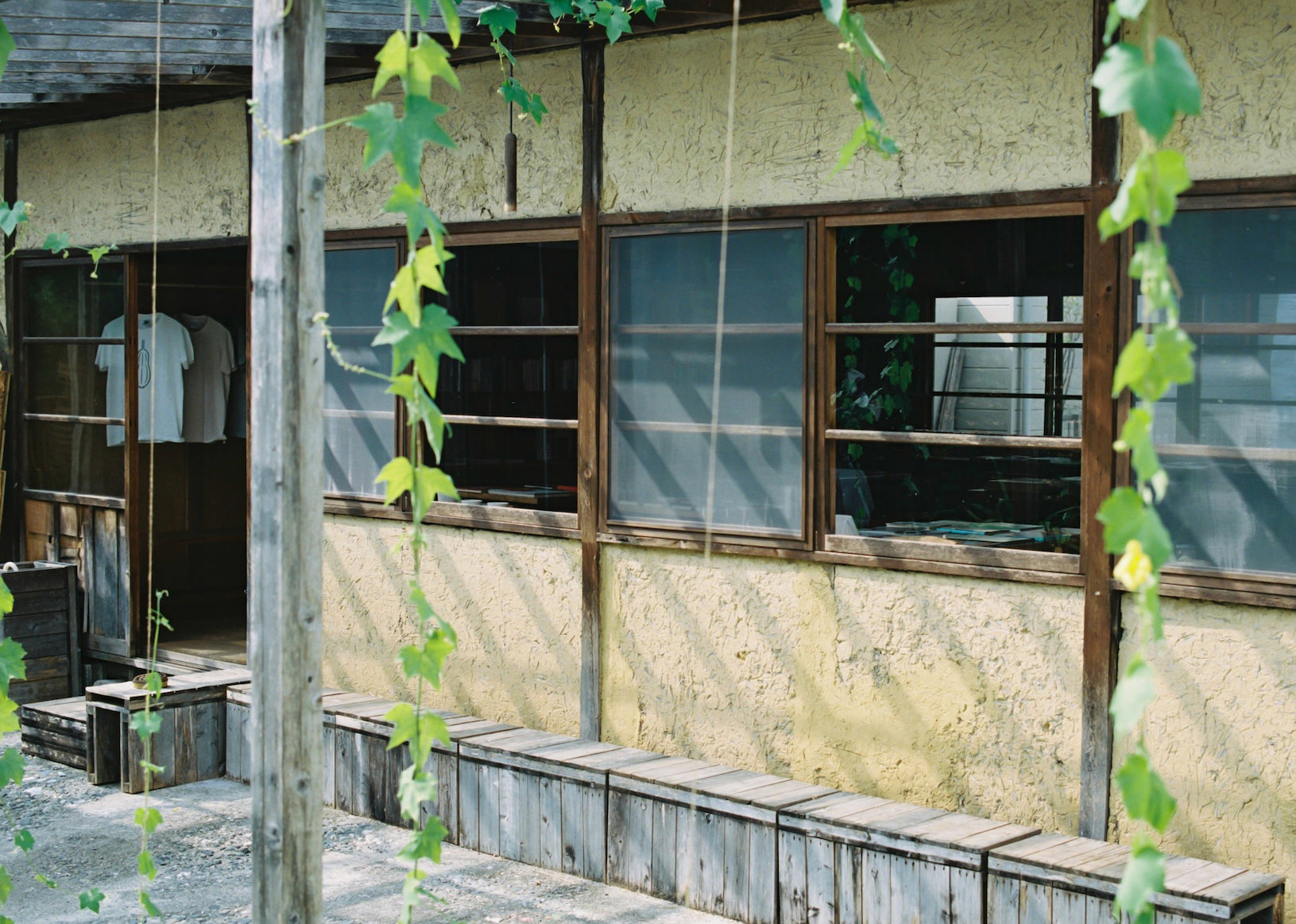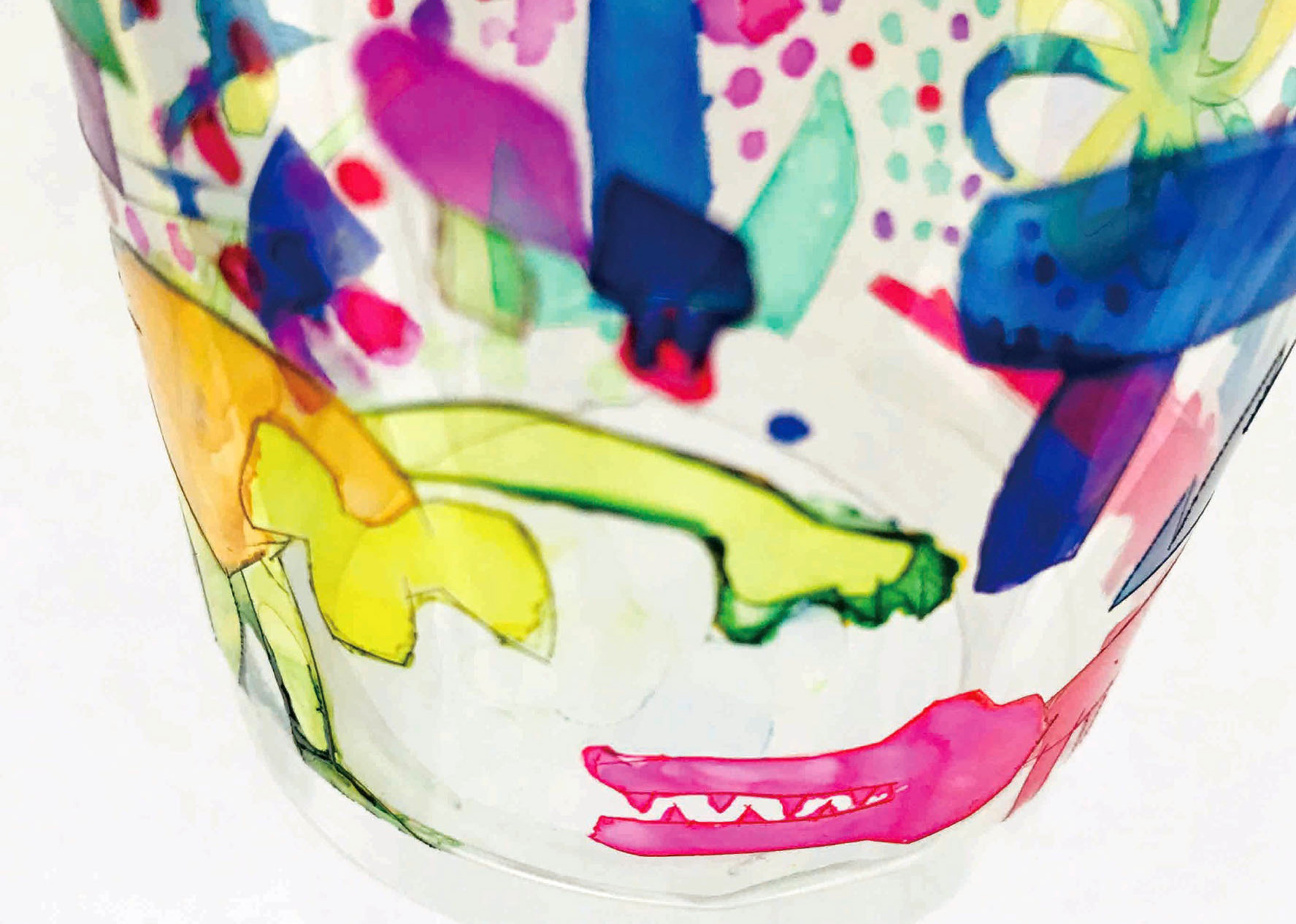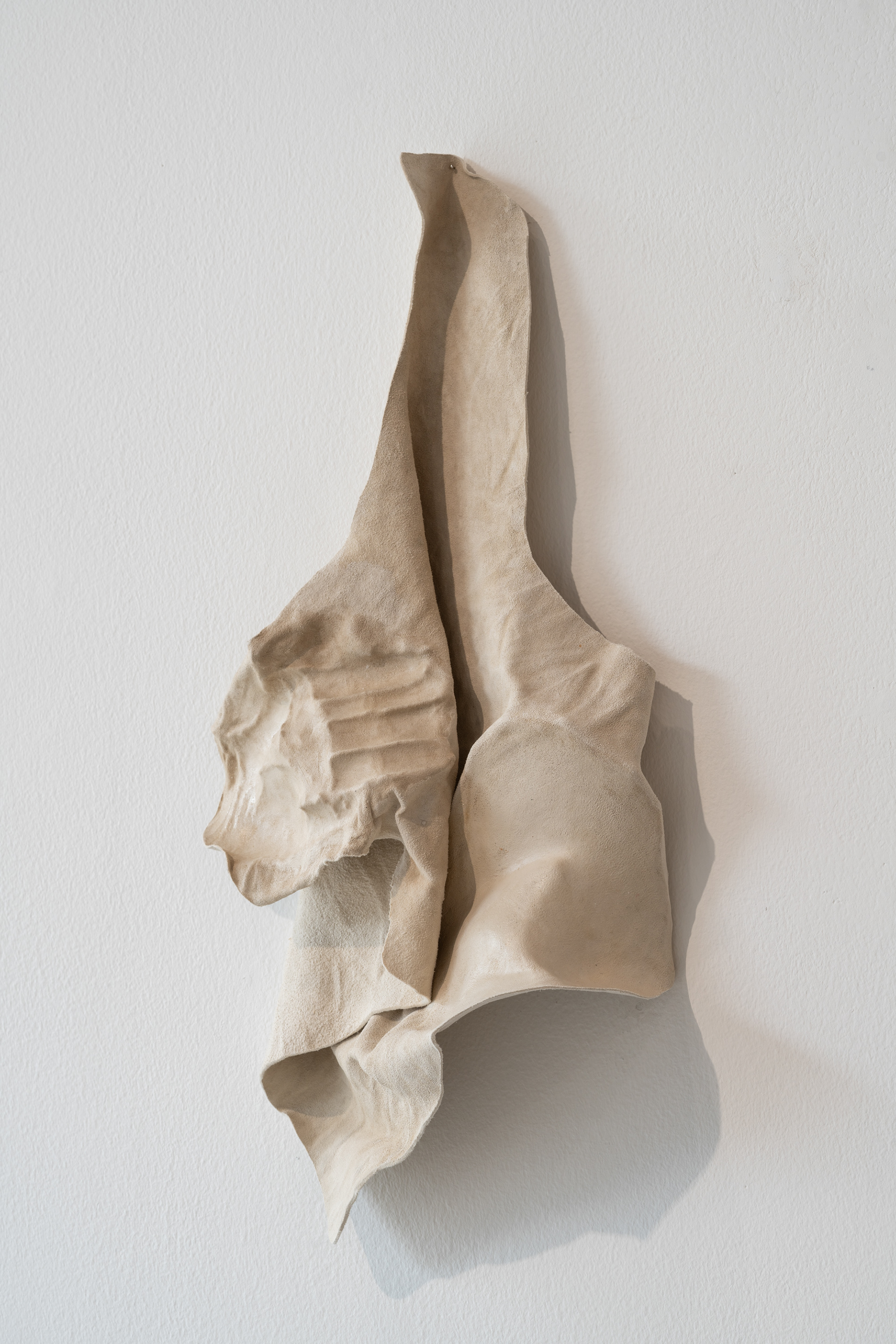
Kota ARAI
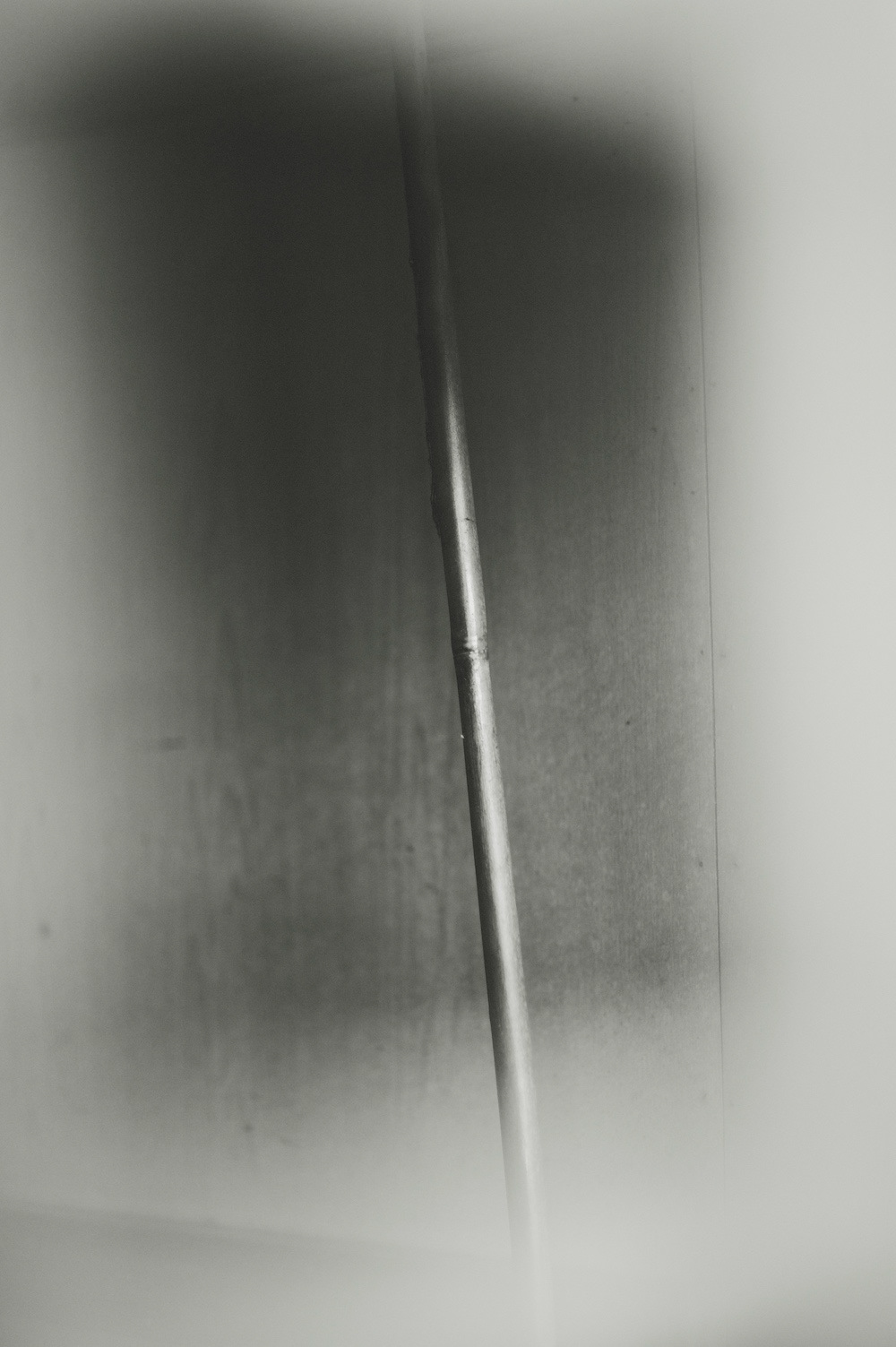
Sherman FLEISCHER
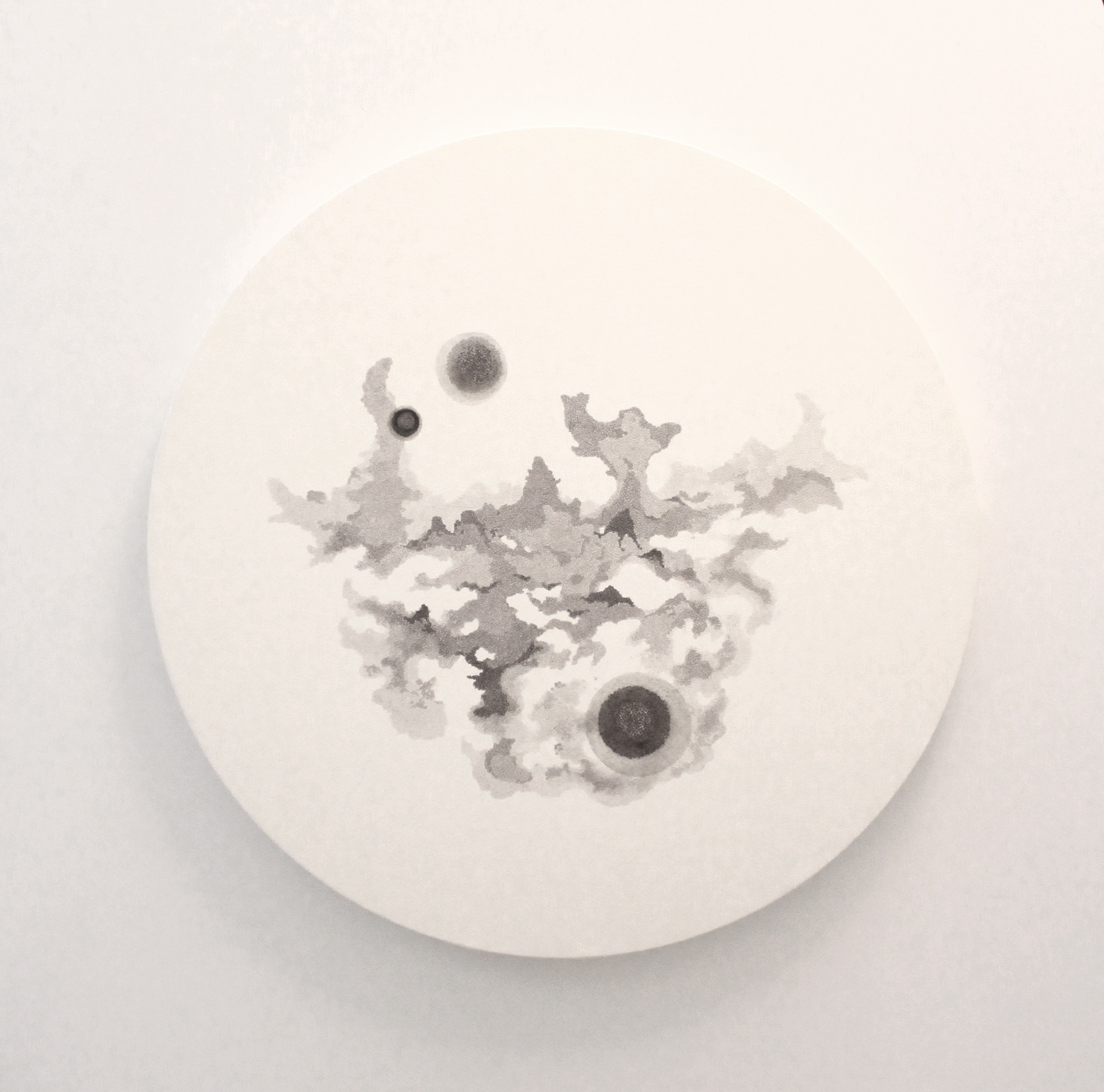
KIM Jun
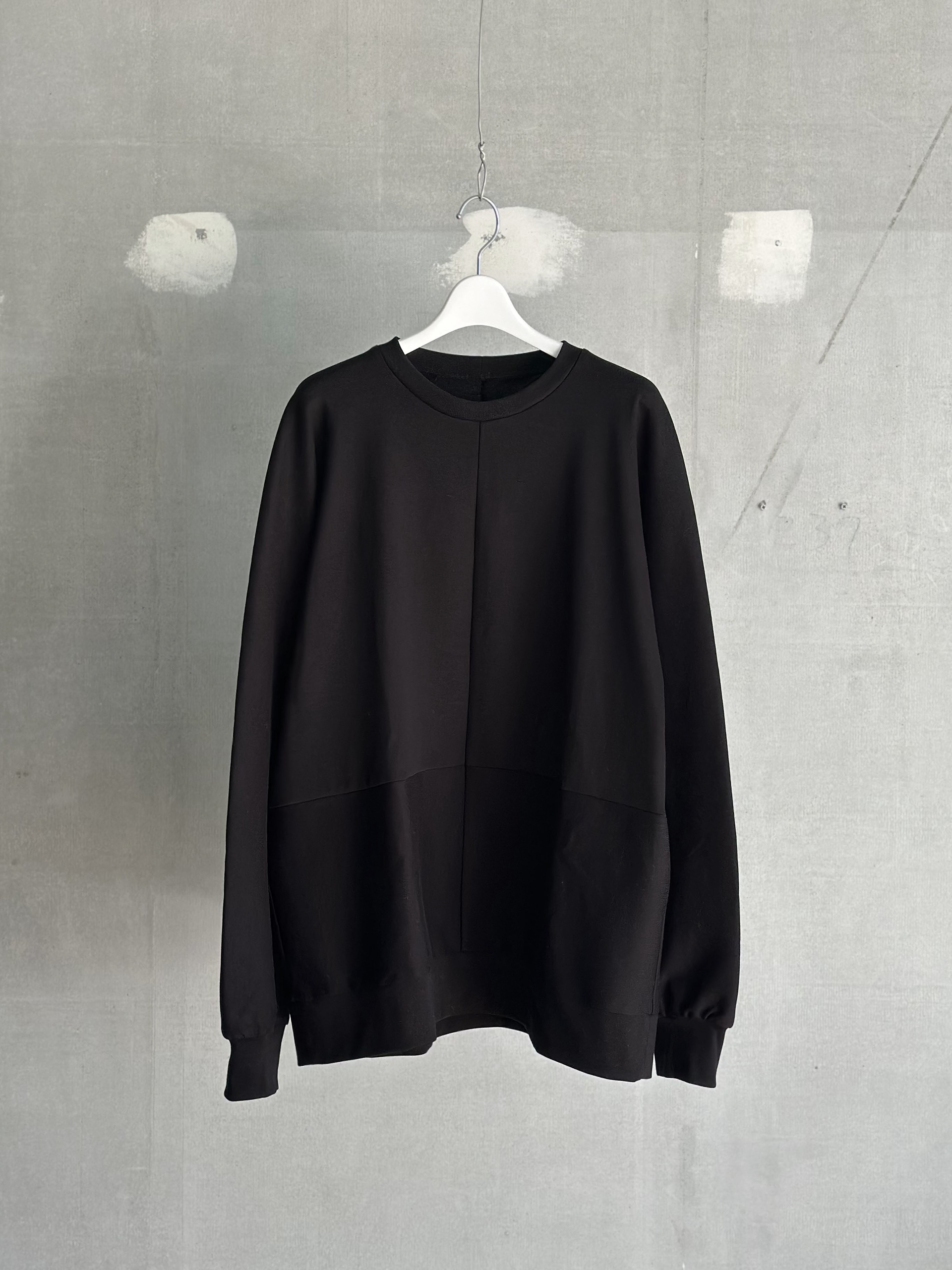
Tomotaka YASUI
皮膚と骨 -グラデーションに沈むモノコト-
Skin and Bone -About things that sink into a gradation-
2024.2.28 (wed) - 3.2 (sat) 3.6 (wed) - 3.9 (sat)
13:00-18:00 open
イベント|3.2 (sat) 13:00~ 氣分喫茶 17:00~ バー BAR
井の頭BIANCARAの焼菓子とパン、彫刻家の家のフムス、ヨロッコビール、ワイン、紅茶、コーヒー、など
新井浩太 | Kota ARAI
シャーマン フライシャー|Sherman FLEISCHER
金 埻 | Jun KIM
保井智貴|Tomotaka YASUI
阿久津裕彦|Hirohiko AKUTSU
町という「空間」に内包するモノコトは、自然や社会の影響とその場に住む人々の感性によって変化し、同時に暮らしや風景も変化していきます。しかし、その多くのモノコトは、わかりやすく目の前にあるモノコトだけとは限りません。 彫刻家の家では、「空間」から新た視点と感覚を発見する機会として、「まちにある家という彫刻」の3回目となる「皮膚と骨」を開催します。
身体の内と外の境界である「皮膚」、重力と均衡し身体を支える「骨」。家で例えるなら「皮膚」は屋根、壁、床。「骨」は柱や梁でしょうか。 身体の内側では、多くの器官が機能ごとに分類し境界が定められ、それらが身体全体を構成、相関することで生命を維持しています。そして、その身体は、体と心を整え、安定した日々を確保するため、家という機能と動線が設計された空間の中で、生きるための活動を行っています。 身体の外側はどうでしょう。時代を遡れば、遺伝子を受継ぐ生命は、外側の混沌とする世界(空間)の多くのモノコトの作用によって、永い時を経て、生と死を繰り返し、変化と順応の中で身体として残存してきました。つまり体を操る私たちの精神すらも、身体または家の外側(内という外も含め)で関わり続けた、自然、社会、文化、哲学、歴史、科学、宗教などから、生きることや生活することへの価値が問われてきたとも言えます。そして、その問いに答えようと、人類は内側と外側の多くのモノコトを客観的に捉え分析し、情報と経験を蓄積しようと試みてきました。 しかし、もし考えもしないモノコトが、身体と精神を創造し、支えていたとしたらどうでしょう。そもそも精神とは本当に身体の内側に存在するのでしょうか。ひょっとしたら私たちの知らない遠い何処かに存在しているかもしれません。
新井浩太の体から型取った型に、 鹿の革を押し付けた欠片によって構成された彫刻は、 本人であると同時に別の生命が存在していた証でもあります。虚と実、生と死が交差する世界(空間)から実態とは何かを探ります。シャーマン フライシャー の写真は、現代社会にて置き去りにされたモノコトの痕跡を納めるように、文化や風土を越えた生命の記憶を辿っています。金 埻の線と点の集積は、別次元の空間と彼の精神がコミットした際に描かれます。ミクロとマクロが混在する画面から彼が体現した世界を覗きます。保井智貴 の彫刻のための服は、人と空間の媒介となる家に続いて、世界(空間)にあるモノコトの交わりと同時に乖離について検証しています。阿久津裕彦 の彫刻という概念と行為の延長線にある美術解剖学は、単なる物質的な美しさを探求するものではなく、ある空間の中で精神の行方を探っているかのようです。 身体の「皮膚と骨」を起点に、彼等の精神と身体を支え、境界を越えた世界(空間)に潜在するモノコトから新たな感覚を見つけます。
*彫刻家の家にて実施している「まちにある家という彫刻」は、香川県高松市にある築50年ほどの家を改装し、彫刻に見立てることで、町の空気の移り変わりを展覧会や作品としてアーカイブしていくプロジェクトです。
The *things* which constitute the “space” of a town are constantly changing. Nature changes society changes the sensibilities and lifestyles of the people who live there change. Even the landscape itself changes. Yet what exists within that “space” is not simply *things* which are easily seen or perceived. It is to offer new perspectives on just what might be discovered that Chokokuka no Ie: The Sculptor’s House presents the third installment The Sculpture of a House in a Town: “Skin and Bones”.
“Skin” demarcates the border between that which is within our bodies and that which is without “bone” holds us in balance with gravity. A house could be said to have a “skin” - its roof its walls its floor - and “bone” as well - its pillars and beams. Inside each of us organs each defined by its function collaborate and coordinate to constitute a body that can sustain life. The union of matter and spirit secures the circadian rhythms which make life possible. Likewise in a house the functions and lines of movement that are designed within the space provide the circulation and regulation that make possible the life of the house.
And what of the outward face of our bodies? Our life, the genetic inheritance bequeathed to us through generations, has survived endless cycles of death and rebirth, and yet it has itself been marked, shaped, and changed by the chaotic workings of the world (the “space”) in which we exist. Even the spirit which animates our bodies is shaped in a process of continual reevaluation by the questions asked of it by nature, society, culture, philosophy, history, science, and religion (including by that within us which we consider to be external). In searching for answers, humans have sought to accumulate experience and to find more objective ways to analyze the *things* we encounter both within and without.
And yet might it also not be possible that some entirely un-thought-of *thing* comprises our bodies our spirit sustaining us and giving us life? Where did we even get the idea that our spirit resides within our bodies? Might it instead exist in some altogether other place?
Kota ARAI’s sculptures formed by molding deerskin fragments against the shapes of his own body provide evidence of his own existence as well as the existence of another. They establish a dialogue between life and death between real and relic that questions the reality of the world (and “space”). Sherman FLEISCHER’s photographs reveal traces of *things* once meaningful but no longer of interest to contemporary society inching us closer to a memory of life that transcends culture and terroir. Jun KIM ’s paintings collections of lines and dots emerge from the moment his spirit commits to a different dimension of “space” allowing us a glimpse of a world only he embodies from a screen on which the micro and macro intermingle. The pieces of clothing Tomotaka YASUI creates for his sculptures to inhabit investigate the ways in which we exist within the mediation of “space” and self much as a house serves as the locus for our existence at the intersection and divergence of *things* in the world (space). Hirohiko AKUTSU’s conception of sculpture is an extension of his work as an anatomist of art. Instead of simply exploring the beauty of materiality he seeks in his work the whereabouts of spirit as it moves through “space”. Using the body’s “skin and bones” as a starting point these artists find new perceptions of and from and through the *things* latent in the world (space) as those very *things* support their spirit and bodies.
*The Sculpture of a House in a Town at Chokokuka no Ie: The Sculptor’s House is a project of renovating a 50-year-old house in the city of Takamatsu in Kagawa prefecture to make the house itself a sculpture in which exhibitions and artworks can become an archive of the changes in the atmosphere of the city.
新井浩太 | Kota ARAI
⾝体は私よりも先へと進み、私という存在を規定していく。そこに追いつくことはこれからも無いのかもしれない。⾝体との距離はひらき続け、わからなさばかりがつもる。ある⼀定の距離を保つ⽅法があるとすれば、それは考えることで知ることで思うことで作ることであるのだろう。⾝体を⽯膏で型取りする。泥状の粘⼟を染み込ませた⾰を型に貼り込み、乾燥させて剥がす。剥がした⾰を決まった形態にせず、何ものでもない形態に構成していく。わからなさの肯定であり、所在の探究である。
シャーマン フライシャー|Sherman FLEISCHER
Before you ask "What is it?"
ask yourself "What do I see?"
Before you ask "Why this?"
ask yourself "What do I see?"
Before any questions at all, just look.
See.
What you see is always more important than
the name you give it.
Bidding Farewell to Every Wish for Certainty
2024
素材:インクジェットプリント
サイズ:329 mm x 483 mm
金 埻 | Jun KIM
一つの線、点から始まり手が進んでいくうちに画面と素材を超え、自分の存在もなくなる。終わってみると、違う世界に行って来た気がする。
昔から仏教に『経行』というただ歩く修行方法がある。
この修行では繰り返される歩く行為が重要なポイントであって、単純に身体を動かすことで体と心がバランスよく一つになる。ここでこの体と心が一つになった状態は、物理世界とそうではない世界が一つに融合していく出発であって、ここからさらに歩く行為を繰り返すうちに融合はさらに進められ、あらゆる境界(グラデーション)が溶け、一つになると私は理解している。
私もよく作品制作のために山に行って、ただ山林を歩く行為をしている。
この山林を歩く行為が作品制作の出発点になり、歩くという行為は”点、線を繰り返す”行為に変えられてさらに繰り返す。そしてこの行為は私の中に存在するあらゆる境界を曖昧にし、なくしていく。そして私は無になる。私がやっていることは、このプロセスの記録、痕跡である。
保井智貴|Tomotaka YASUI
「ある人が静謐な空気感を放っている。その空気感は何処からきているのか。」私はそれを確かめるように彫刻をしてきた。
ある人を彫刻する時、常に人と共に「服」の存在が伴う。人物彫刻において「人」と「服」はセットであり、「服」が「人」の印象や空気感に及ぼす影響はあまりに大きい。
「服」は形や色によって、人や場の空気感を変えてしまう。そして、「服」は環境から身体を保護するための道具でありながら、自身の意思や役割を示すコミュニケーションの手段でもある、つまり「服」は人が場という空間で、精神と肉体をコントロールするための道具とも言える。しかし、ここで言う「服」の空気感とは、機能性や装飾性が孕む道具としての空気感ではない。
私が「服」から捉えている空気感は、この世界の何処からか、何らかしらの意志を漂わせ、社会や概念といった境界を越え、空間からある人へと流れ着く何である。或いは、ある人の無意識の意志が呼び寄せている何かである。
ある人と空間の媒介である「服」に内包する意志に、他者が交わることで、形や色のない空気感は何処からやって来るのか、また何であるかをゆっくり確かめる。
彼と誰か -彫刻のための服-
He and Someone - Cloth for Sculpture
2023
素材:コットン
サイズ:75x58cm(可変)
阿久津裕彦|Hirohiko AKUTSU
無時間的共鳴試論
わたしは境界を疑っている
世界は境界で分けられる
いや境界が世界をつくる
境界は差異をつくる
いや差異が境界をつくる
境界がわたしをつくる
いやわたしが境界をつくっている
わたしは境界をつくるわたしを疑っている
世界のなかにわたしがいる
いやわたしが世界をつくっている
わたしがいてあなたがいる
いやあなたはわたしがつくっている
だからわたしはあなたでもある
境界が世界に序列をつくる
境界を疑うとき序列がぐらつく
序列なき世界
全てが同時間的にある主従なき関係性
それは無時間的に共鳴する関係
解剖学は人という現象を区切り物として留める
それはわたしの内で再構築され再現象化する
芸術はわたしの内世界の情感と共鳴し
彫刻はそれを無時間的に示す
意識という他者がわたしを見ている
その間は疑い続けるだろう
わたしの境界を。
